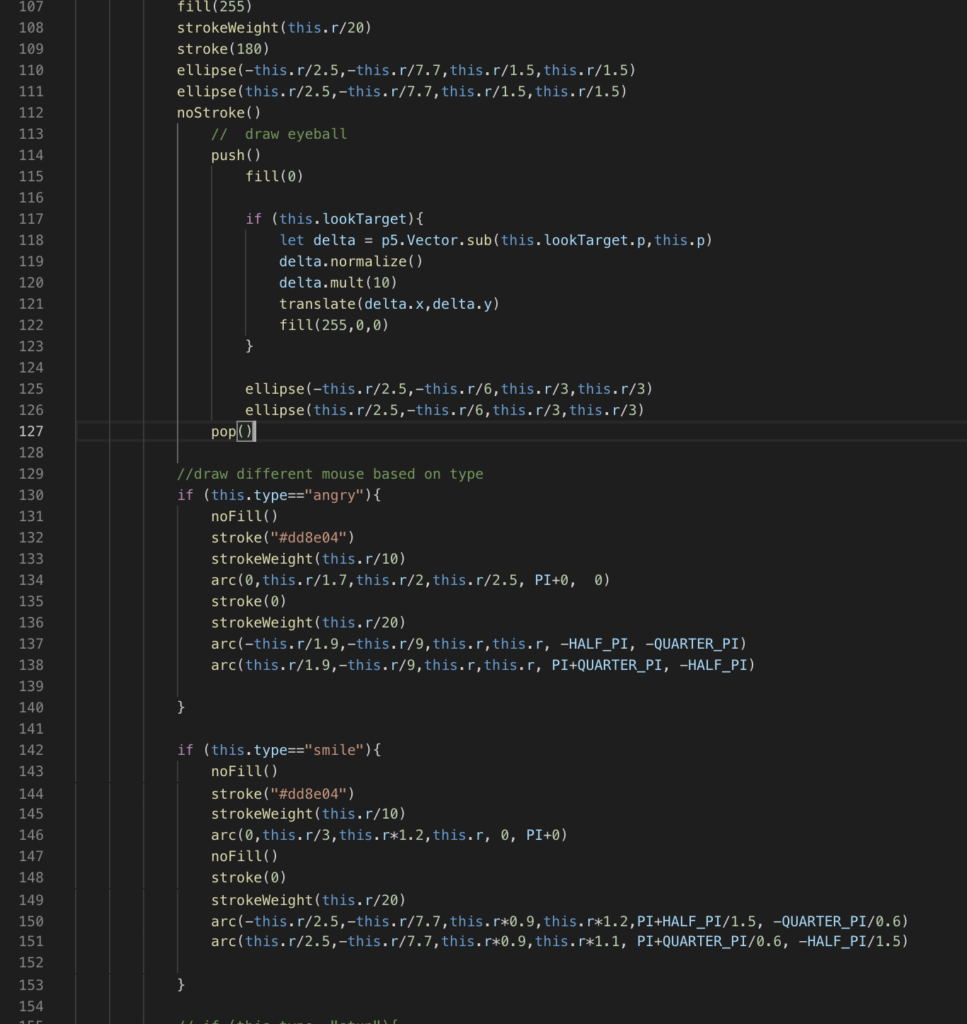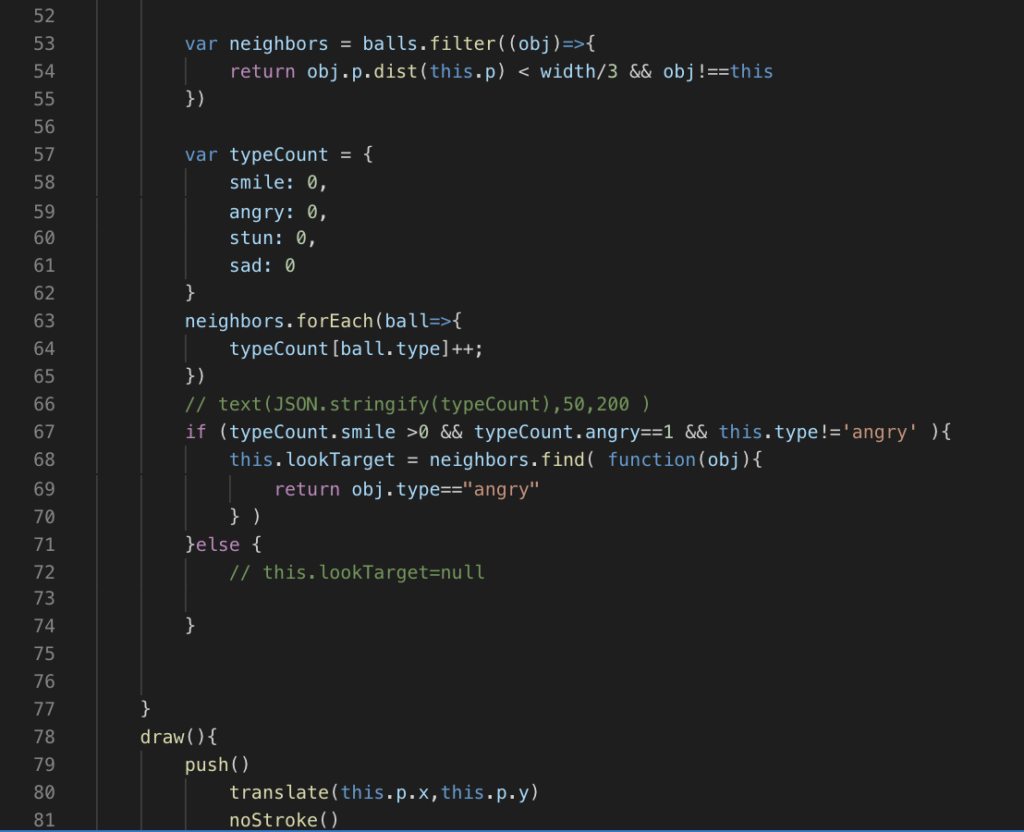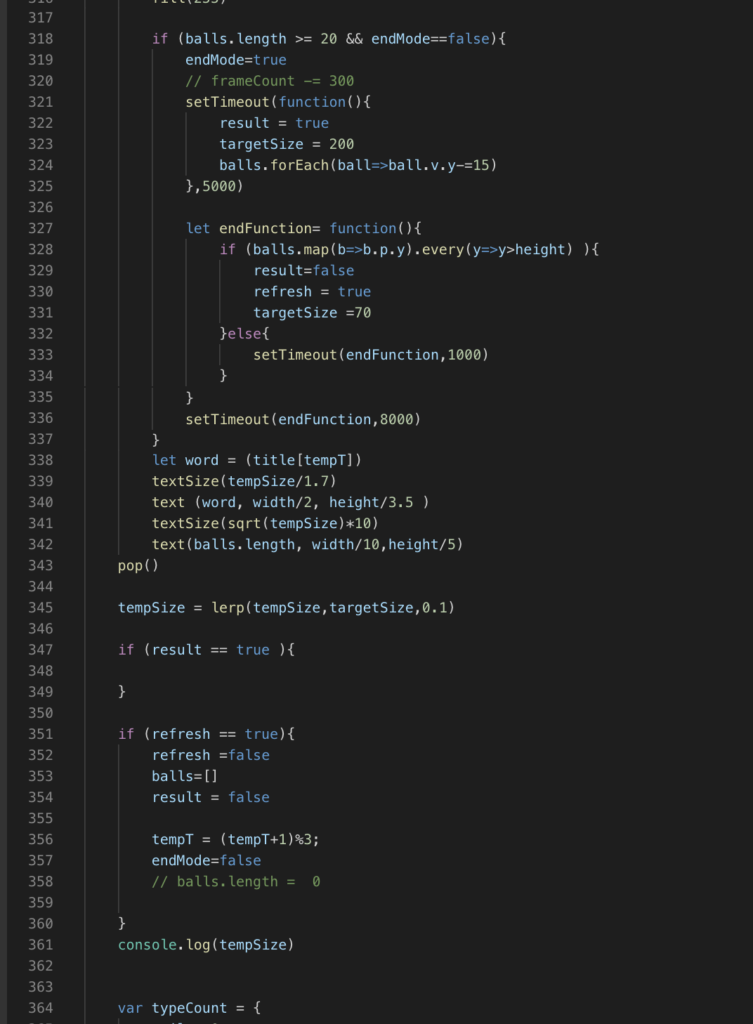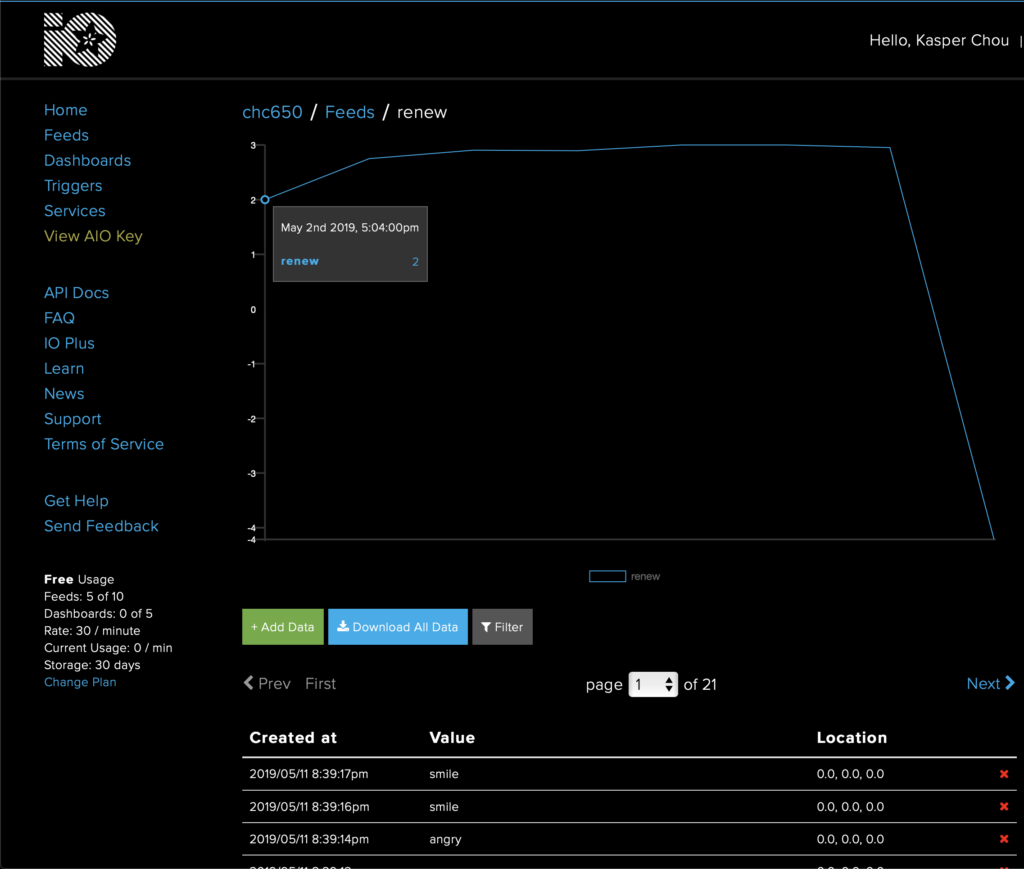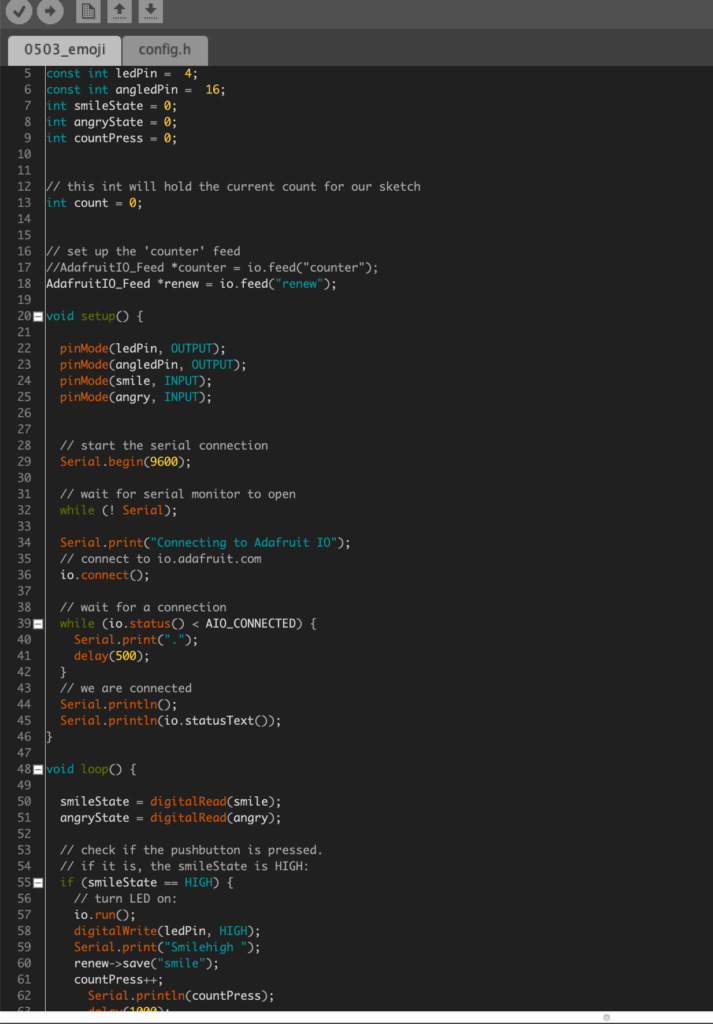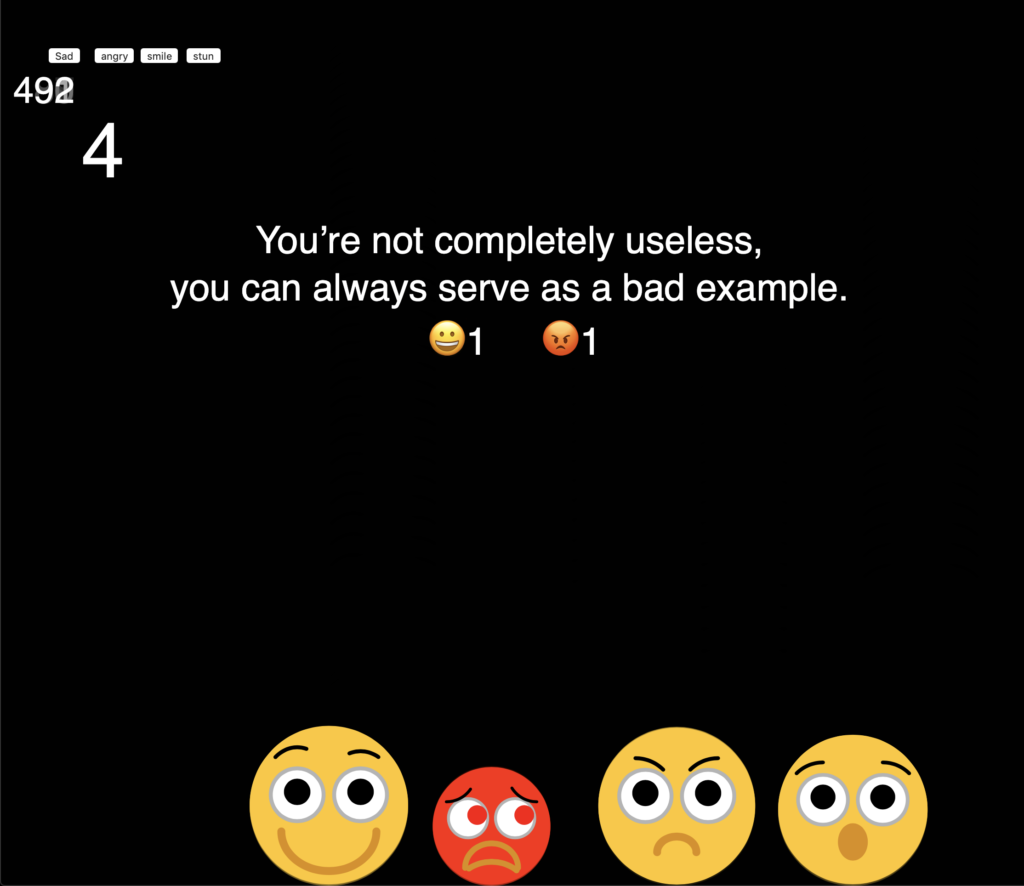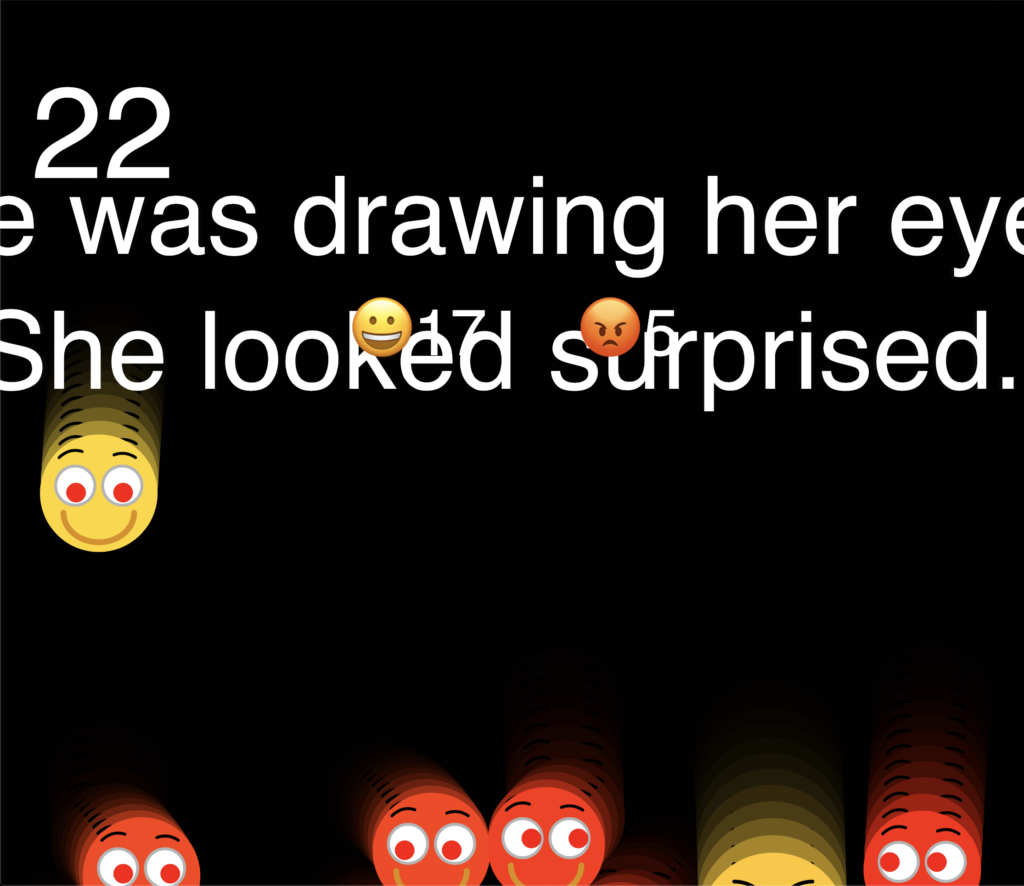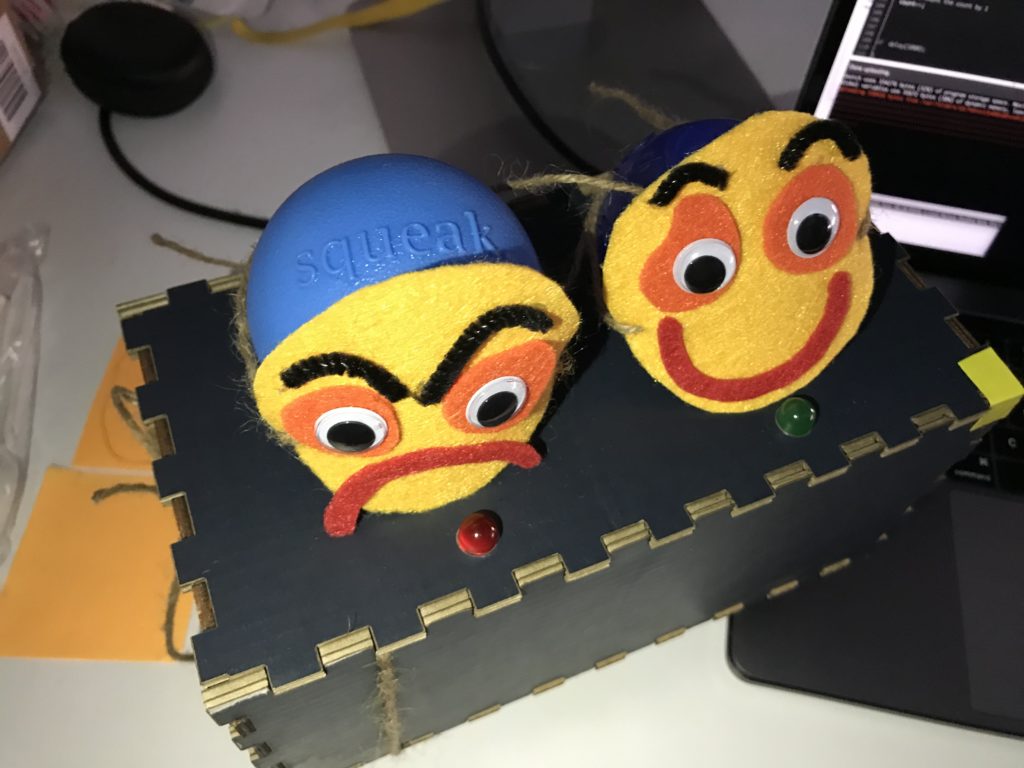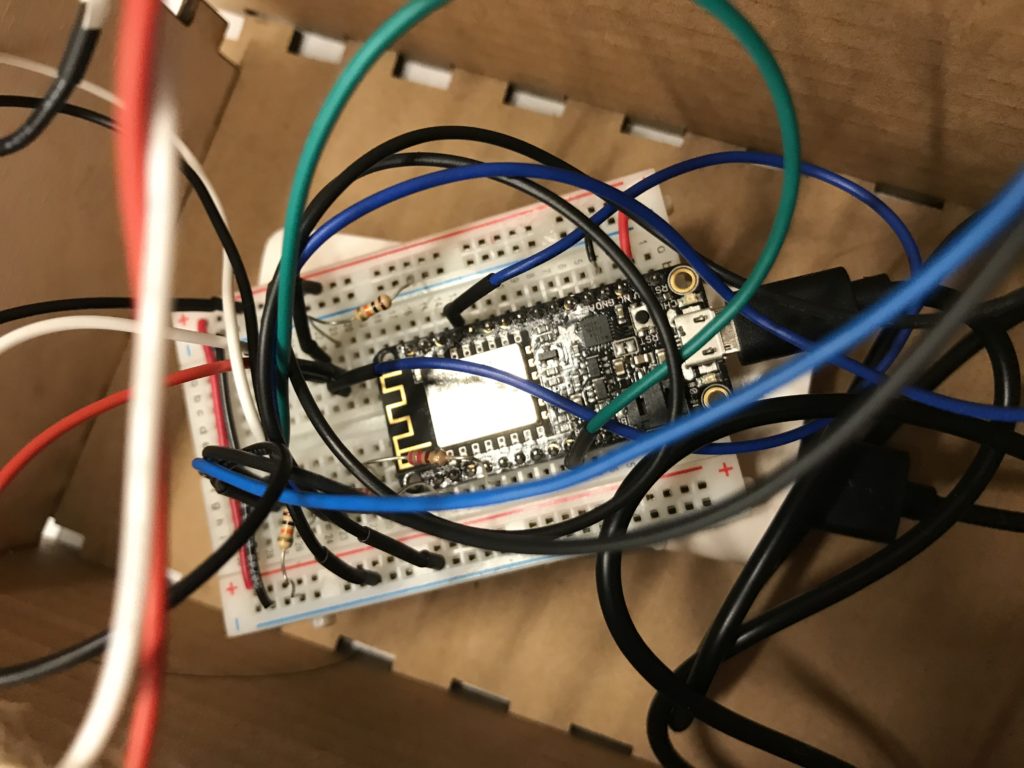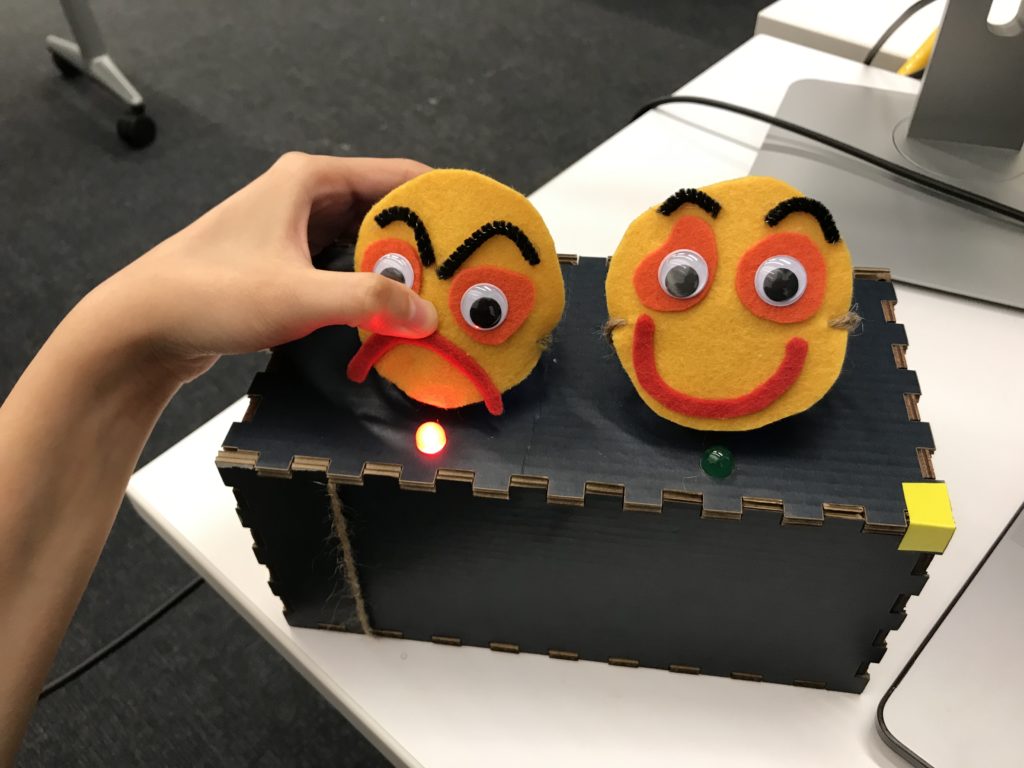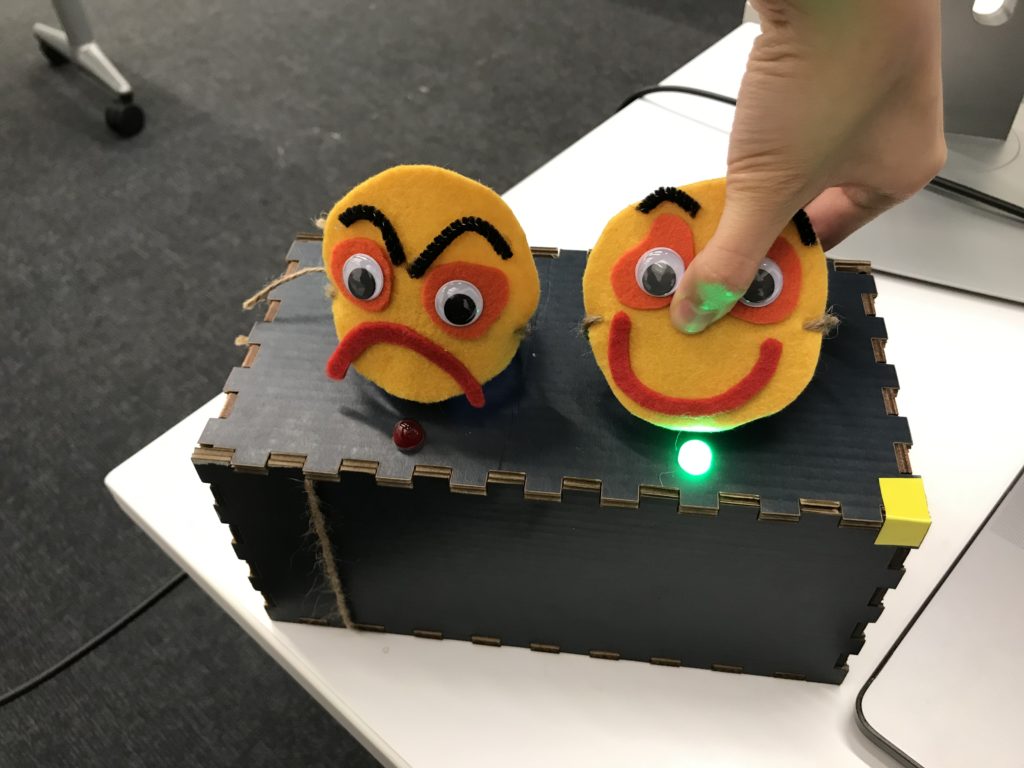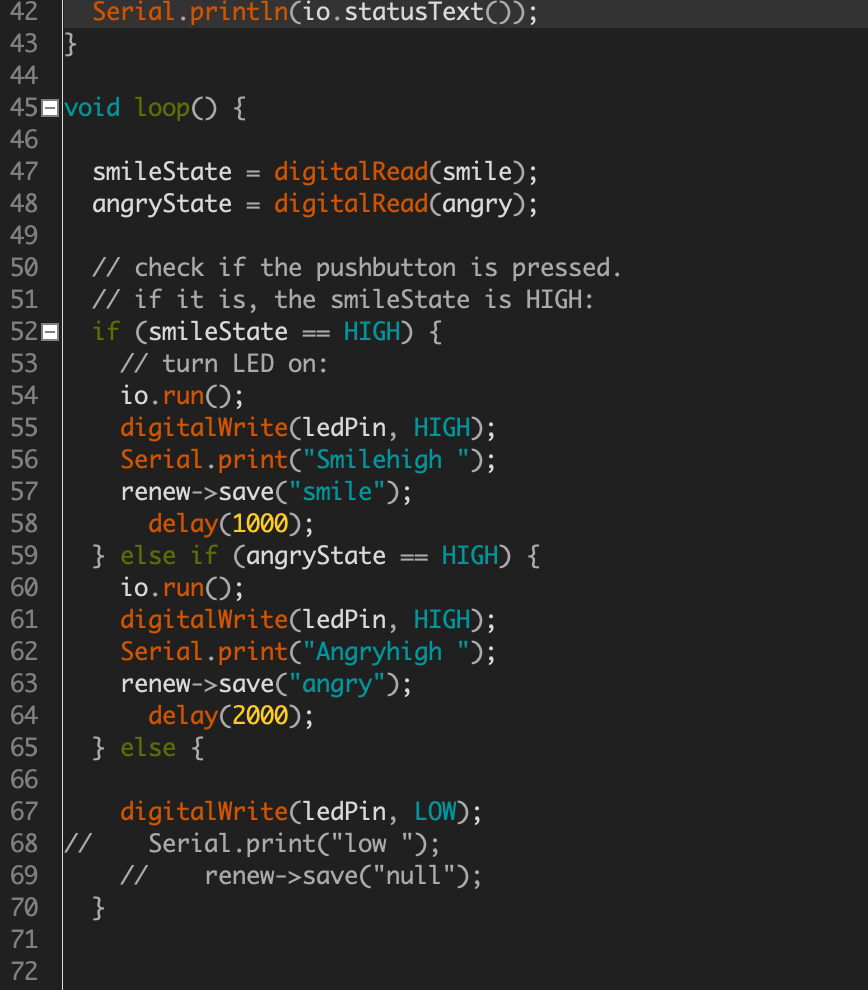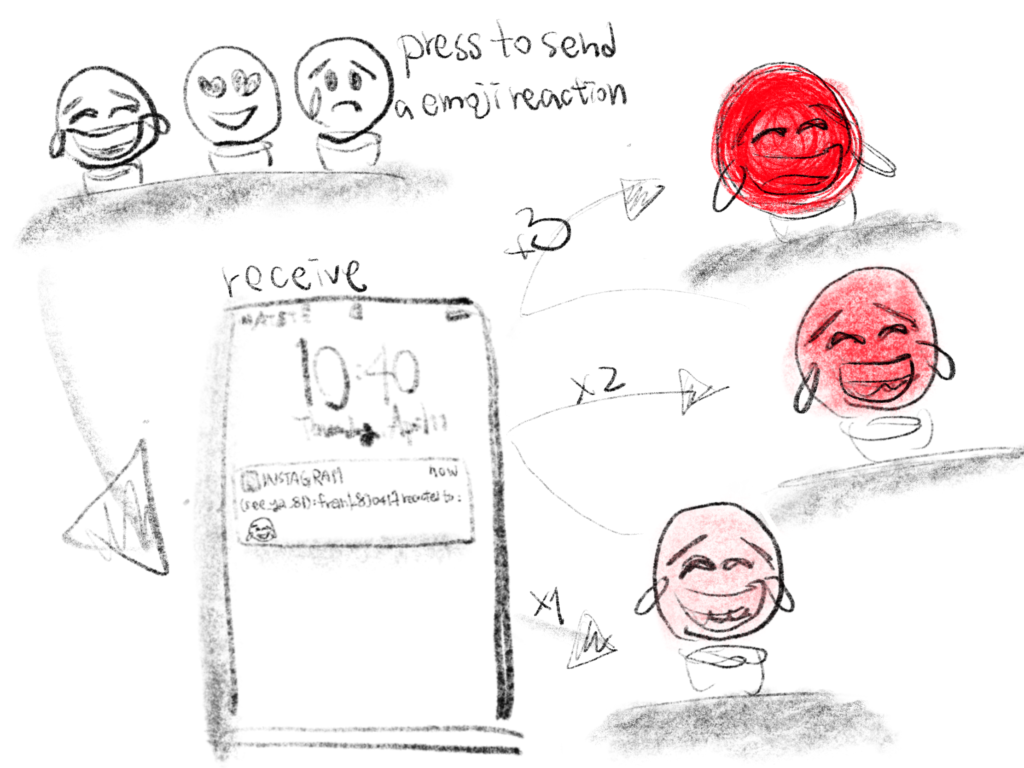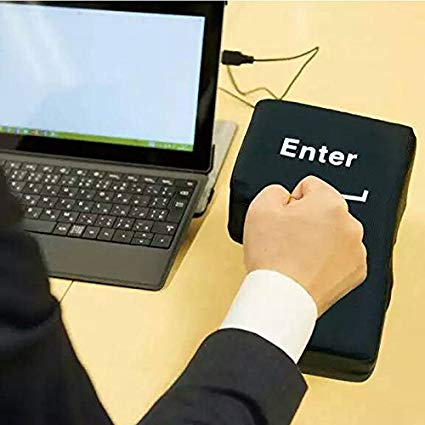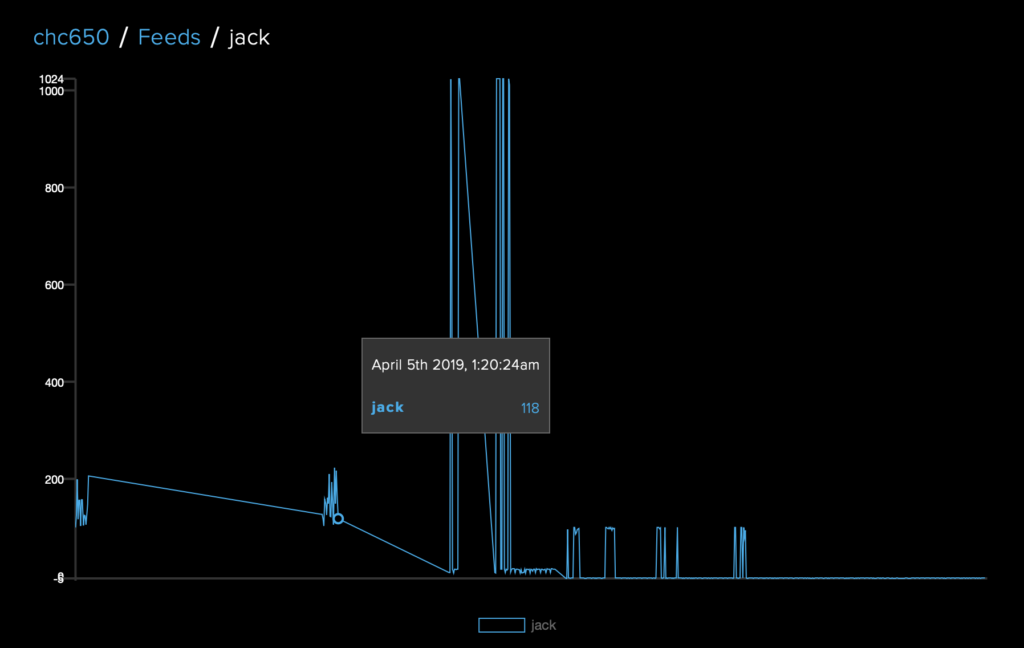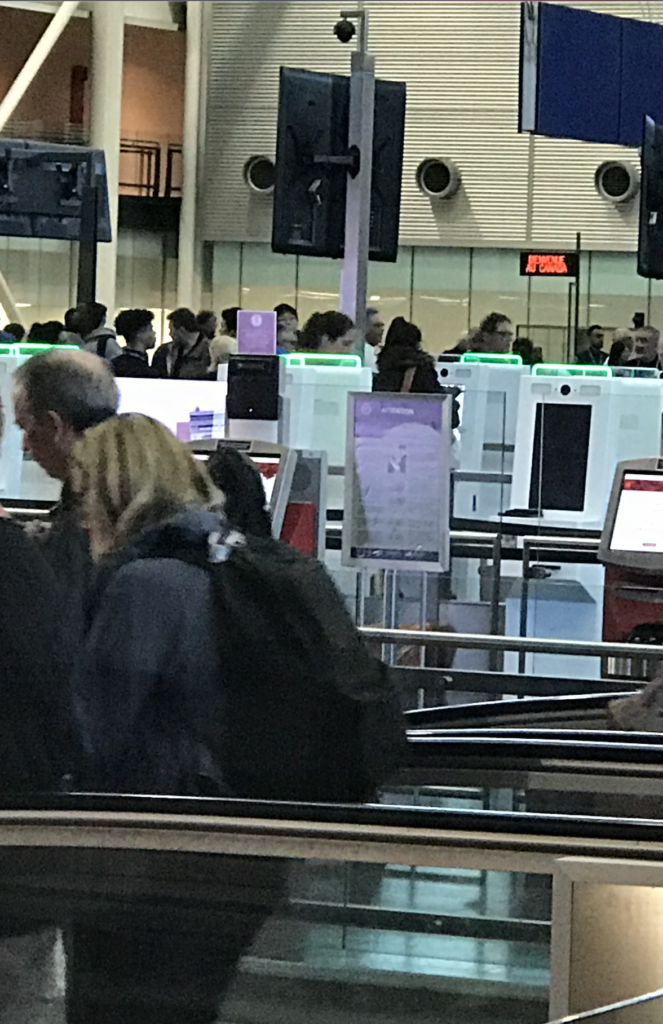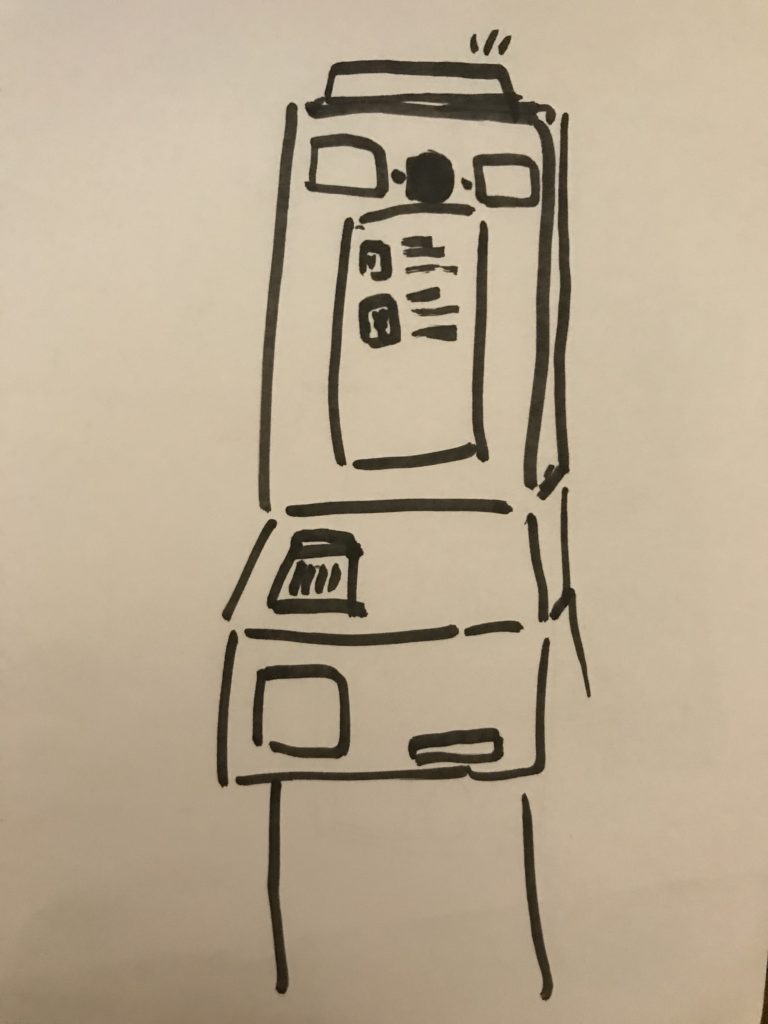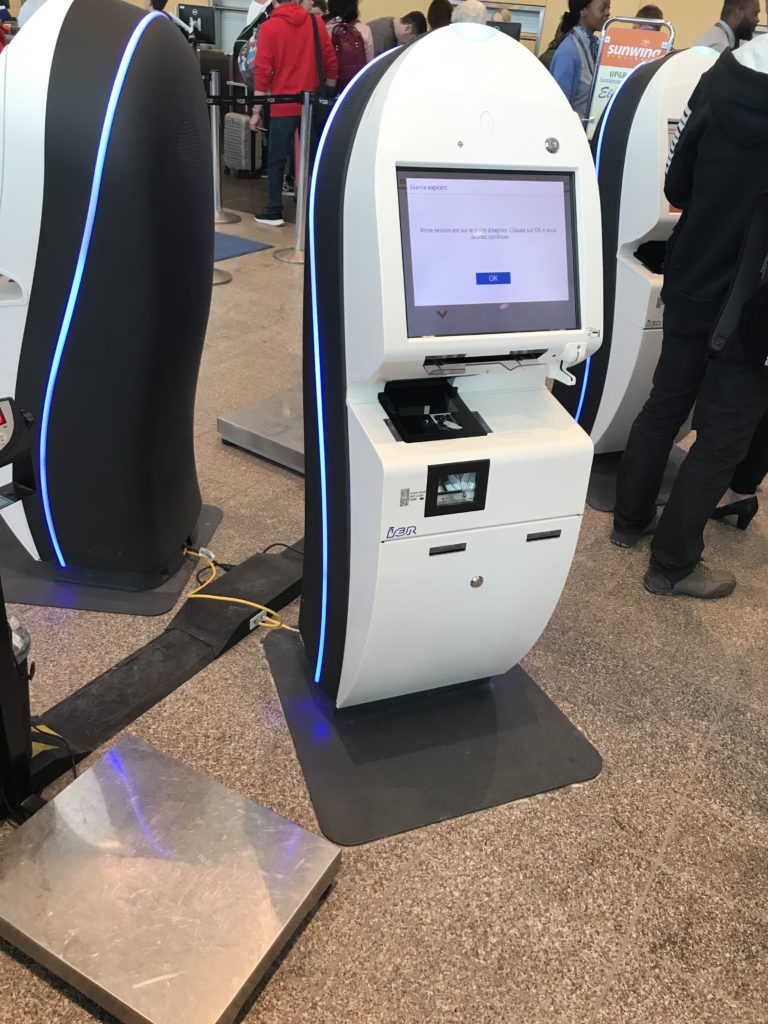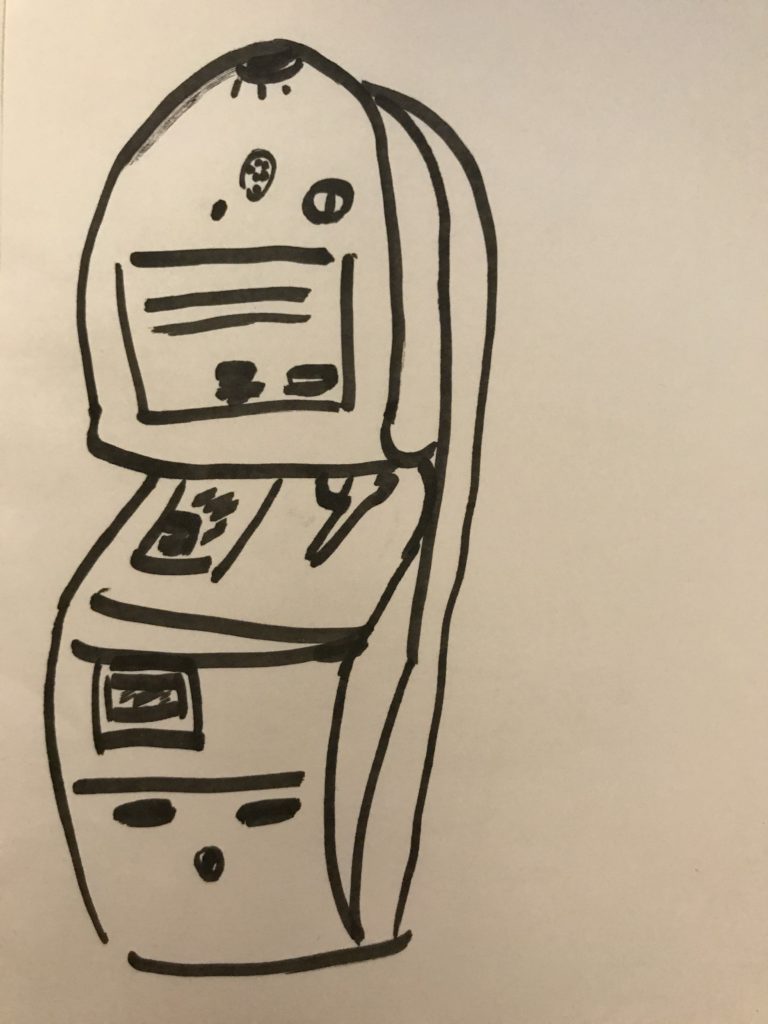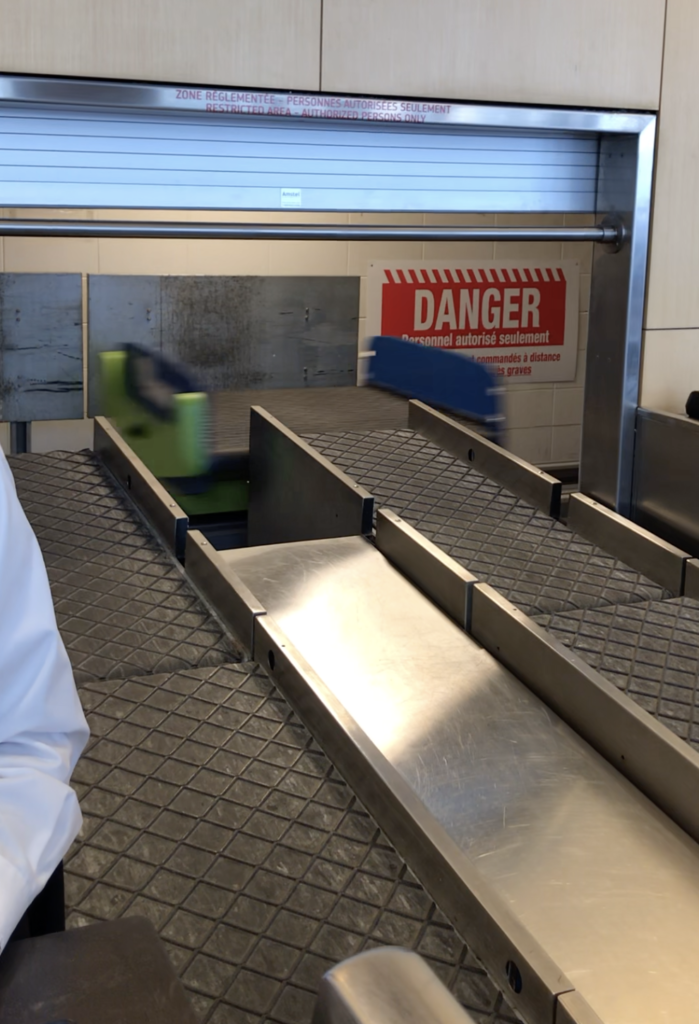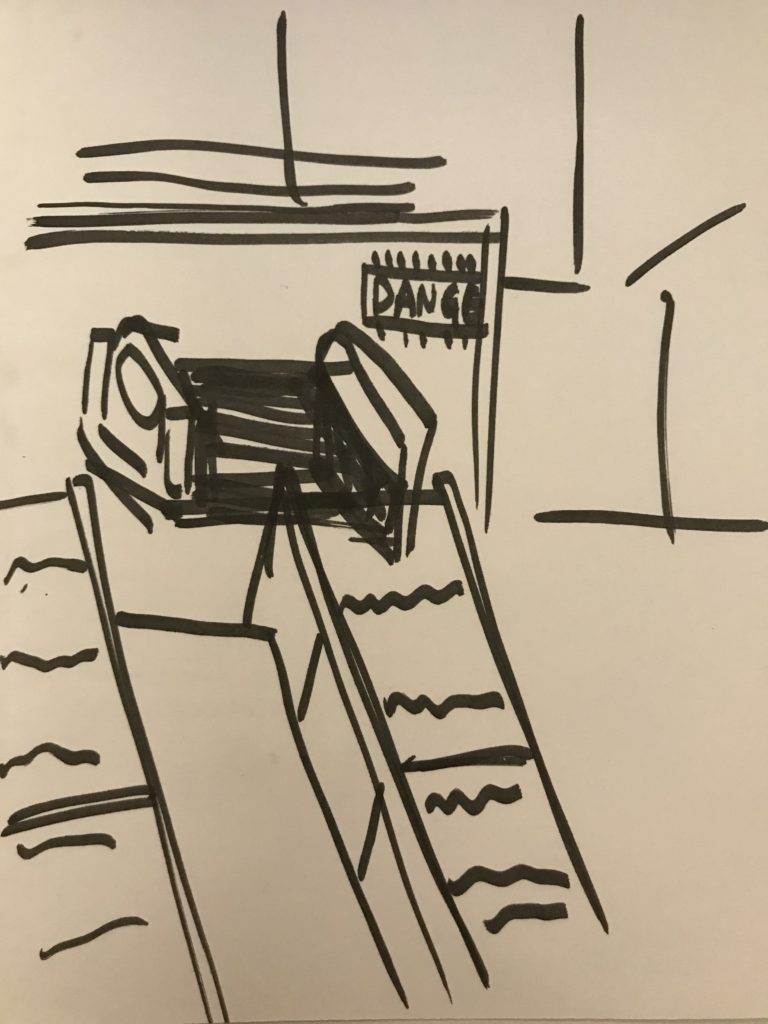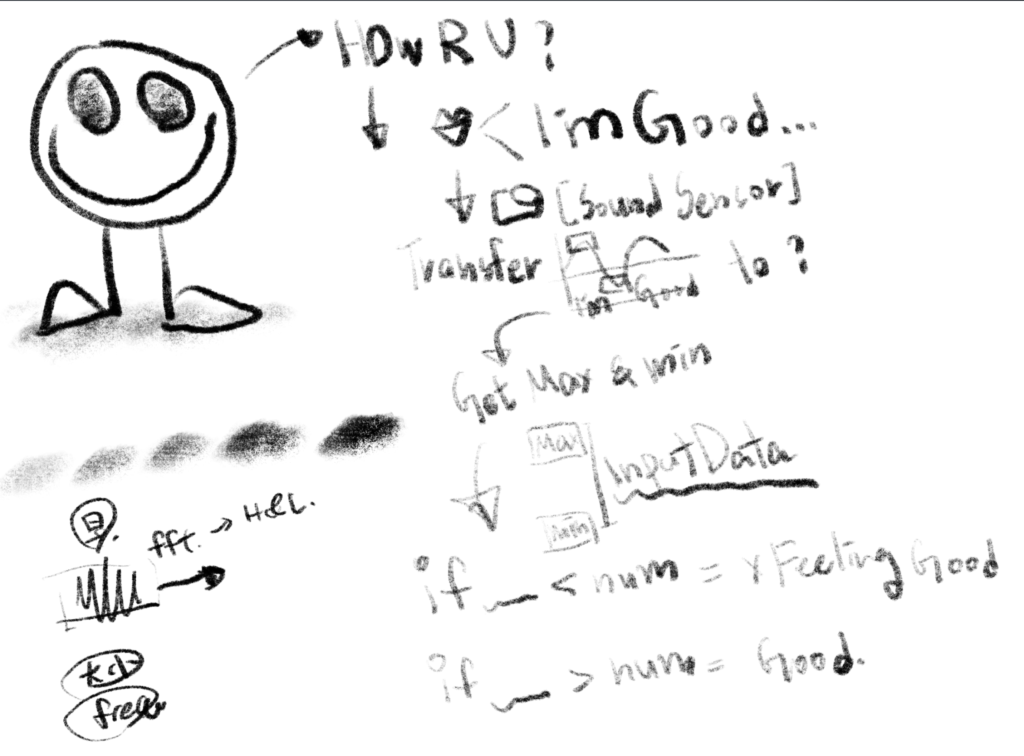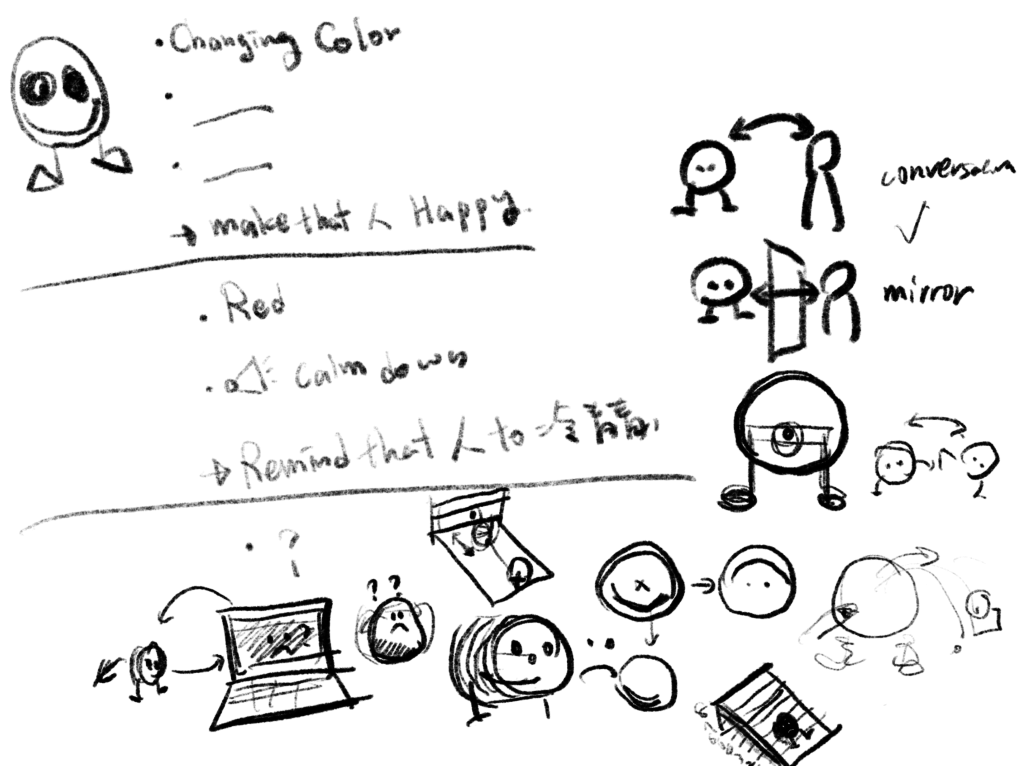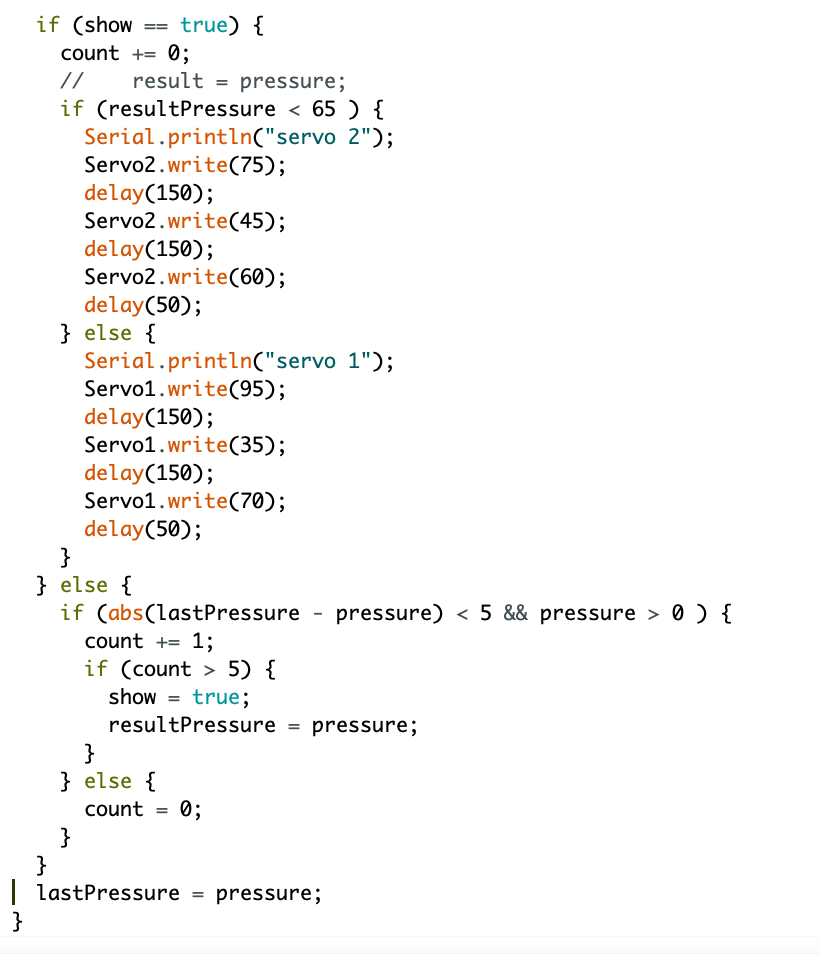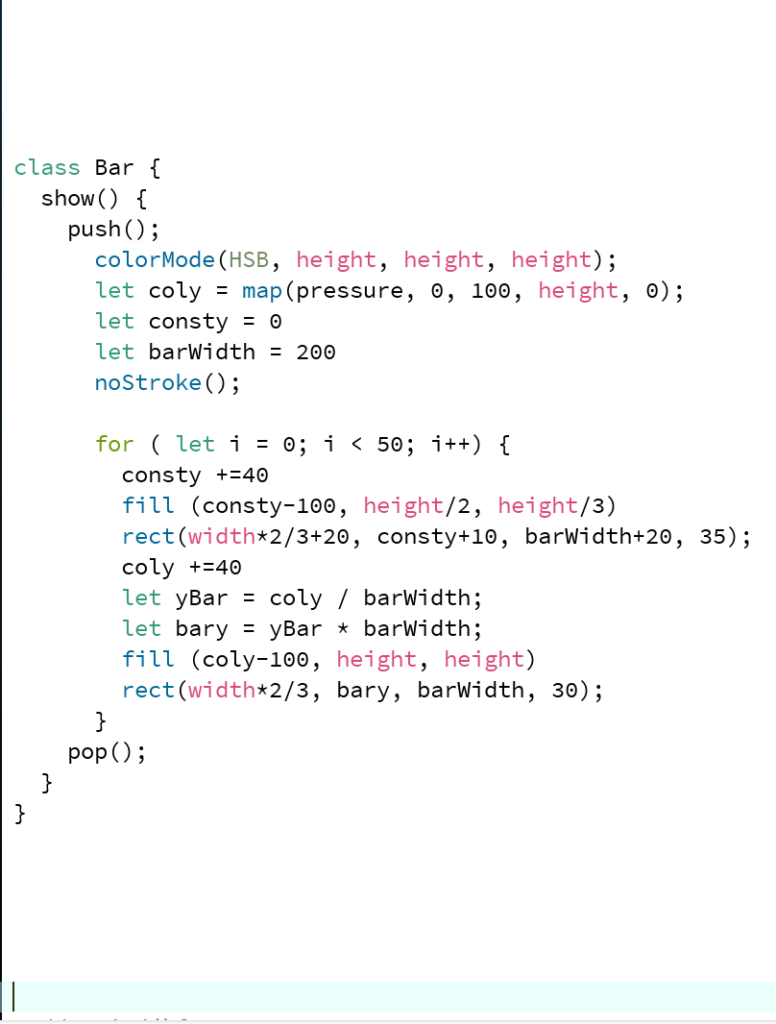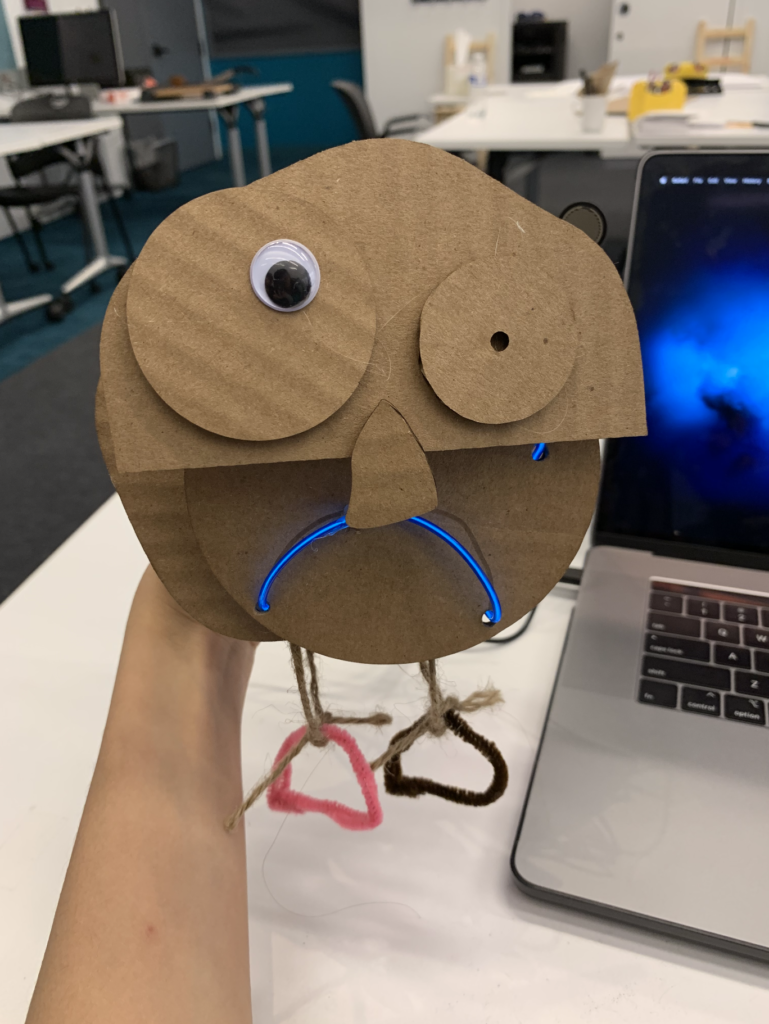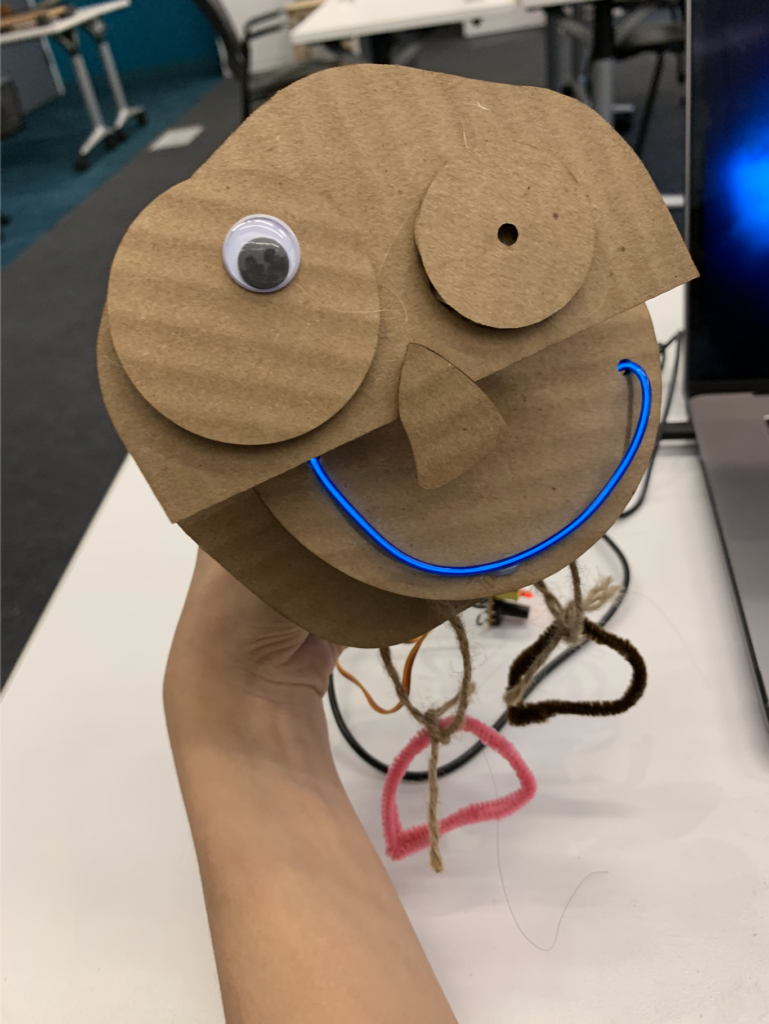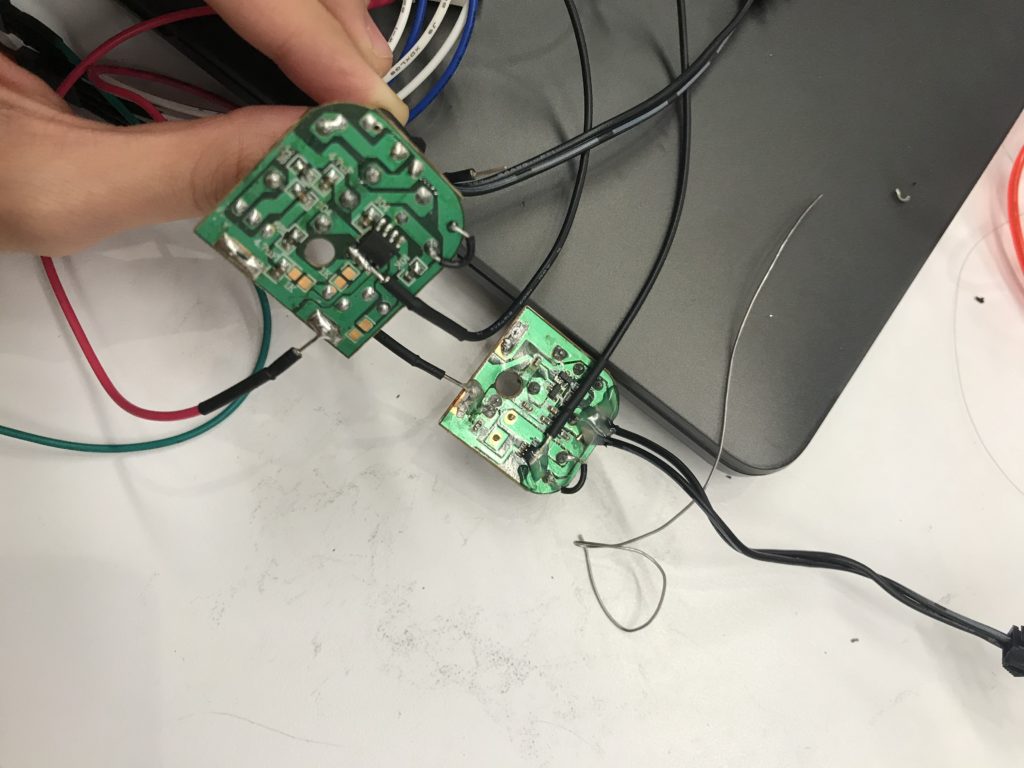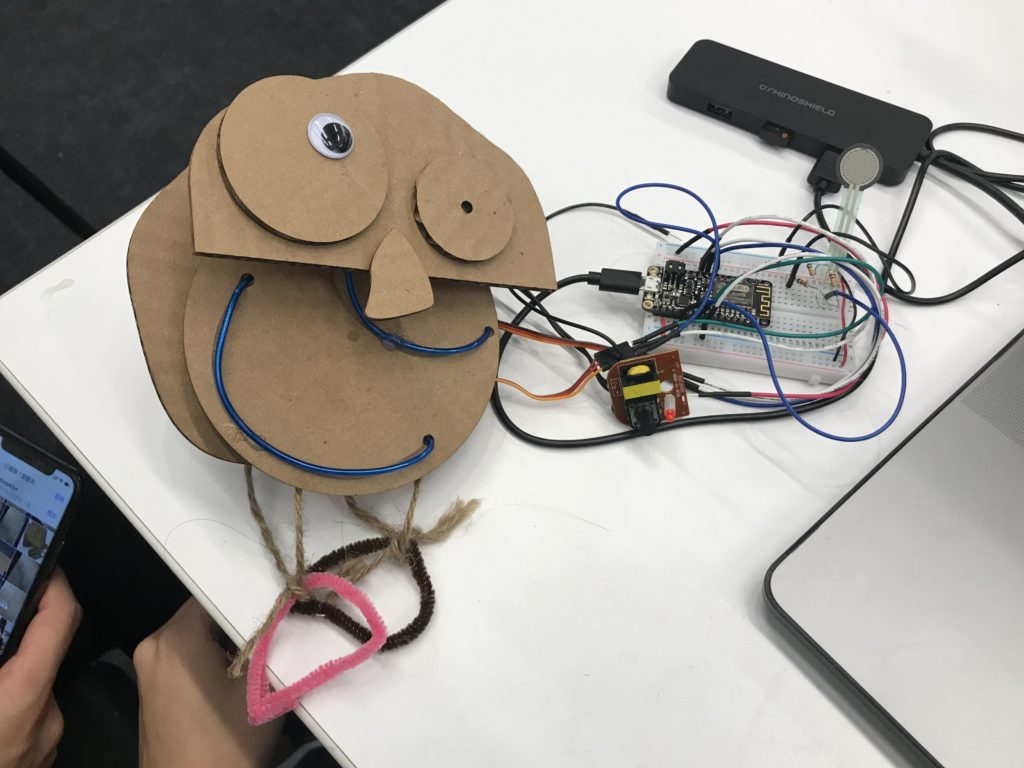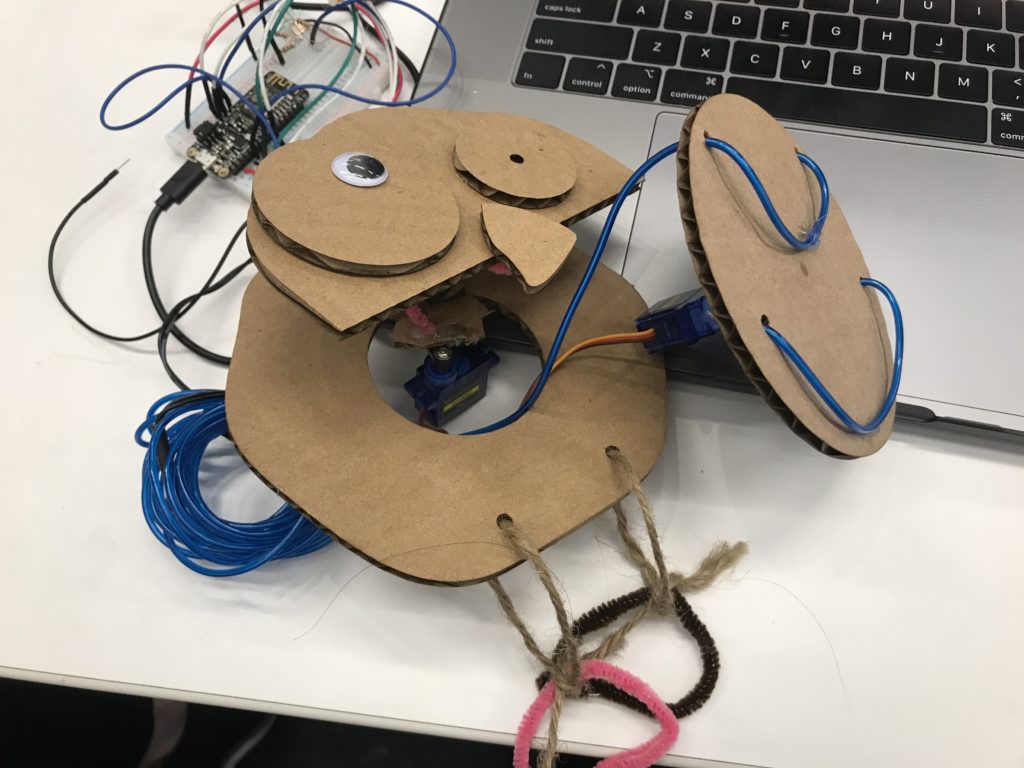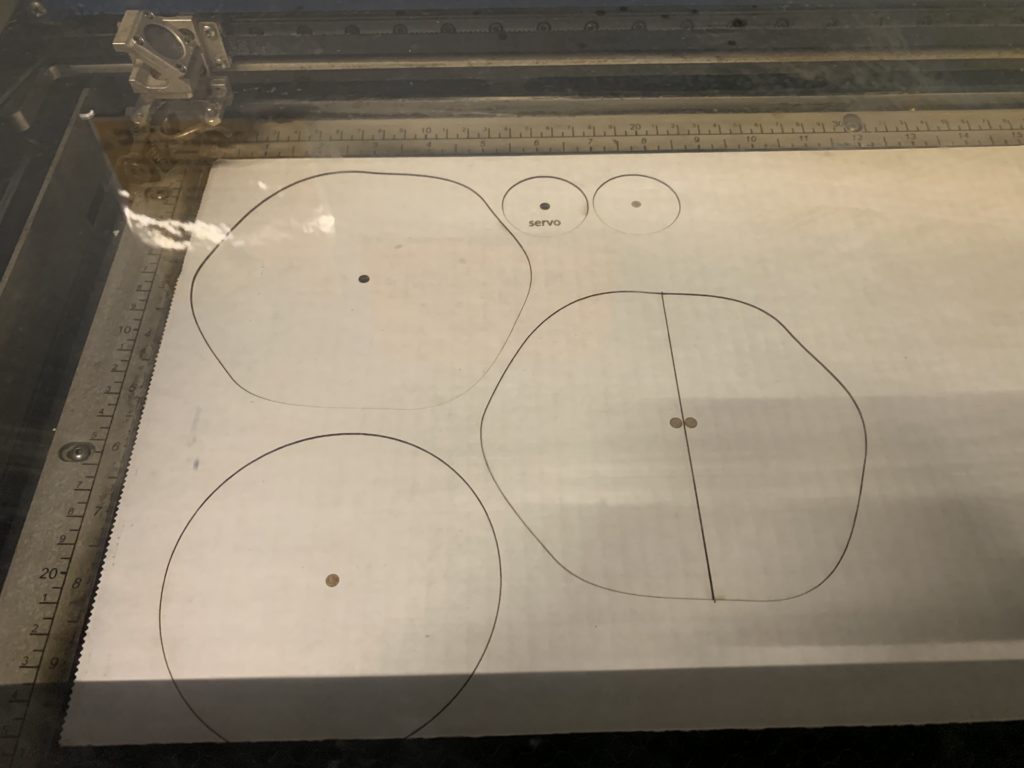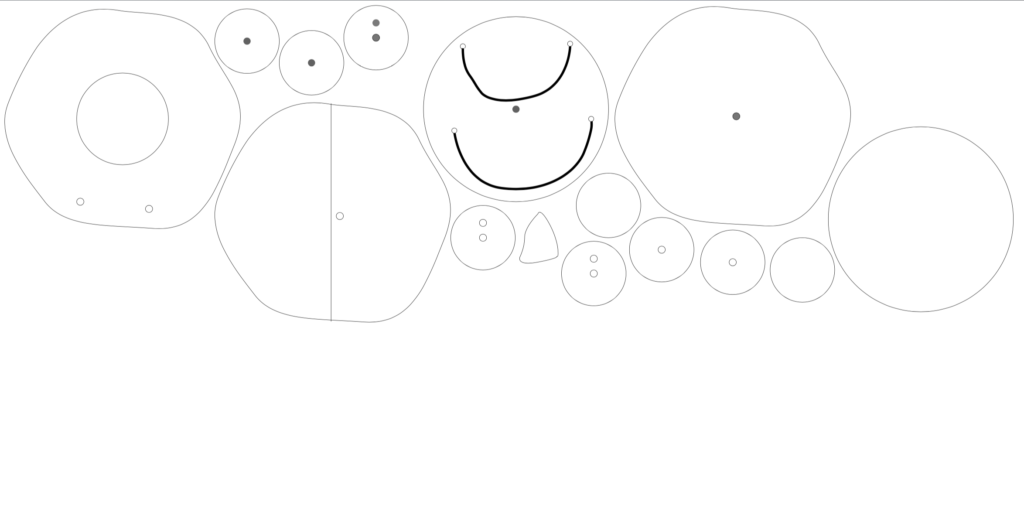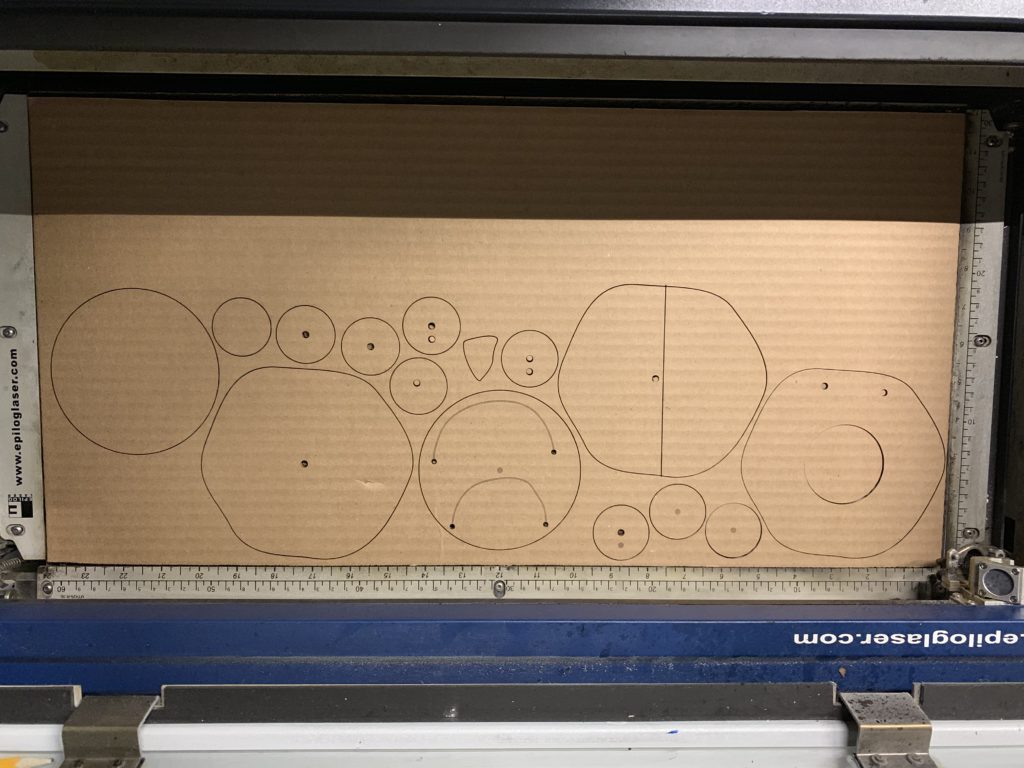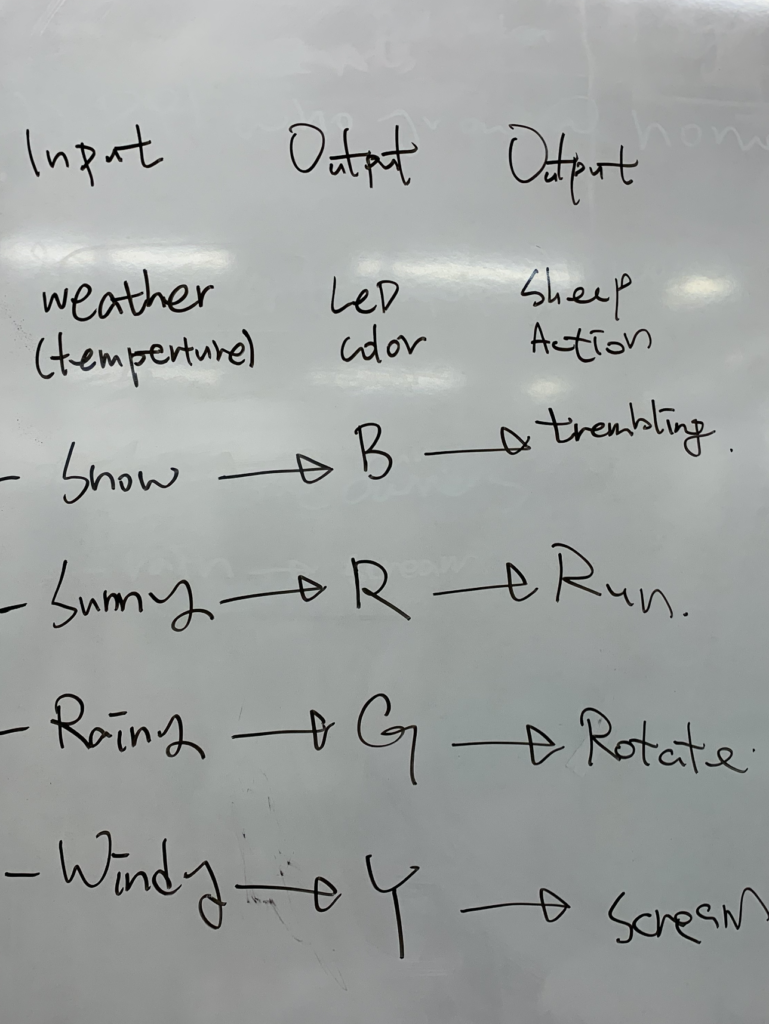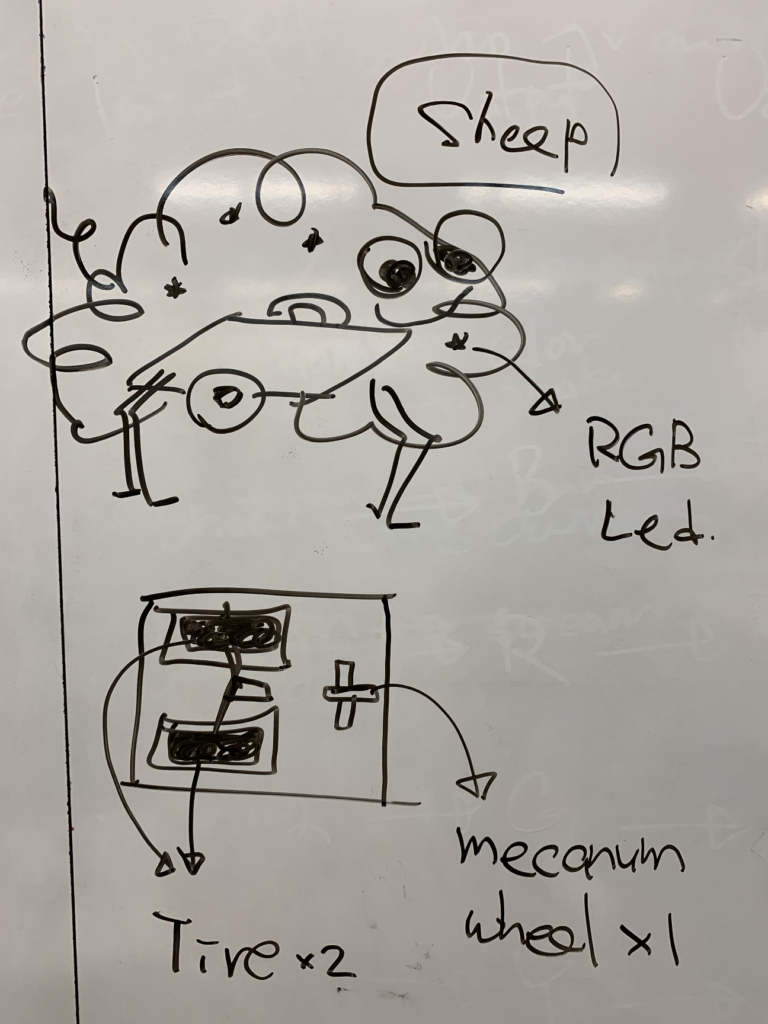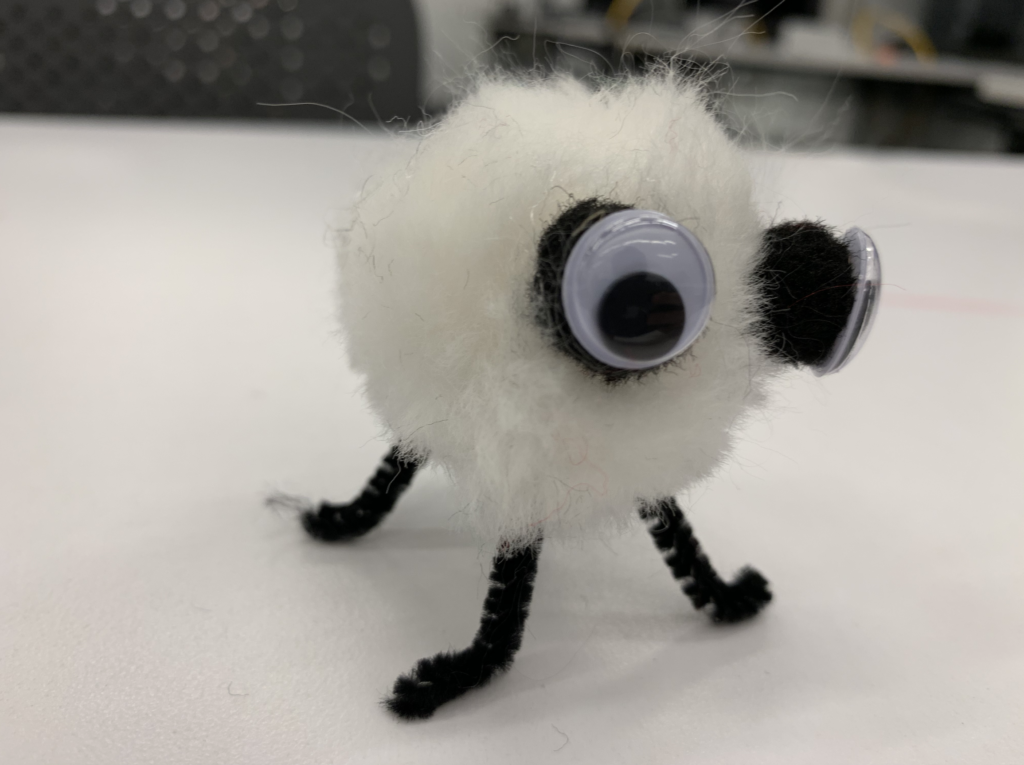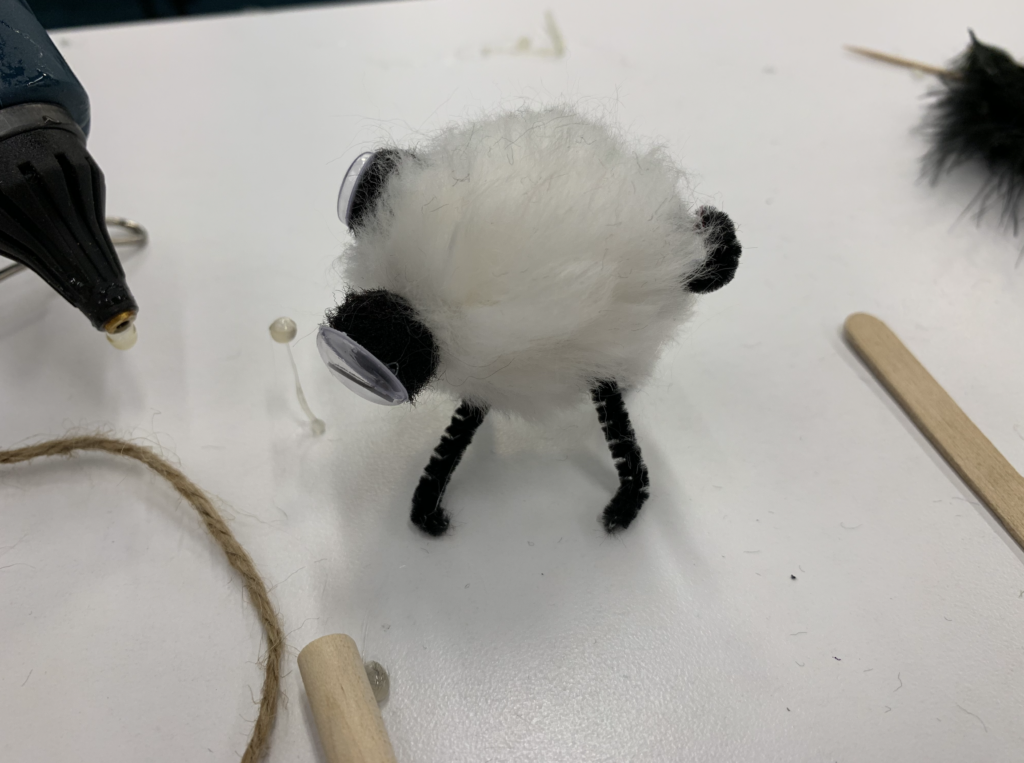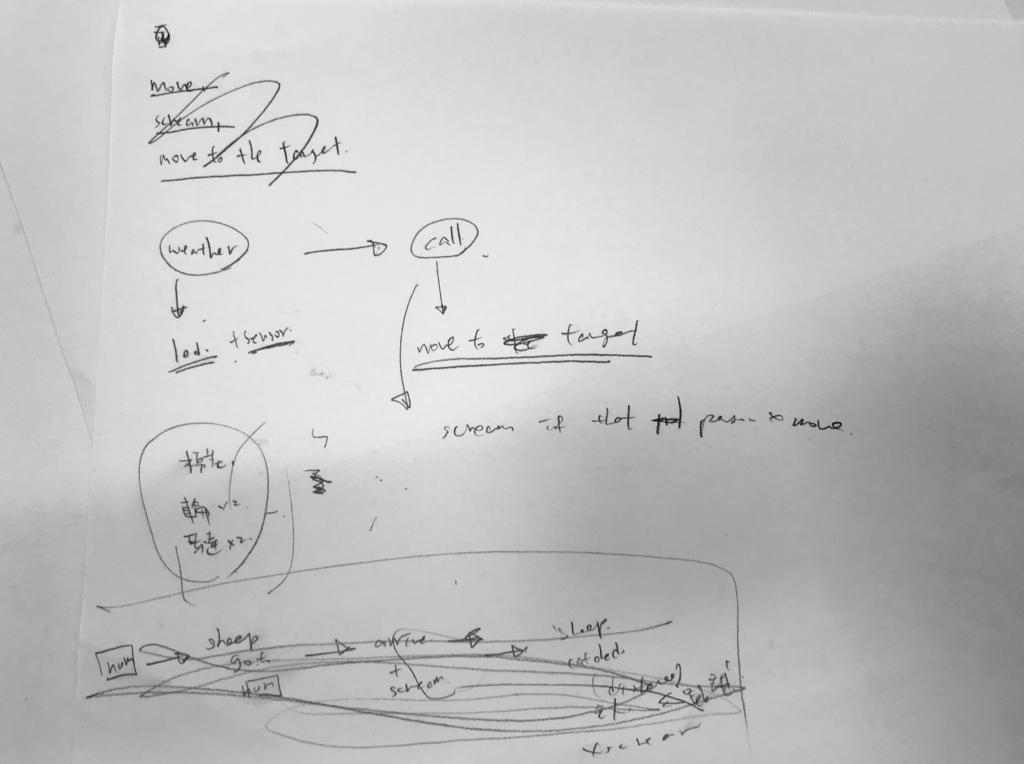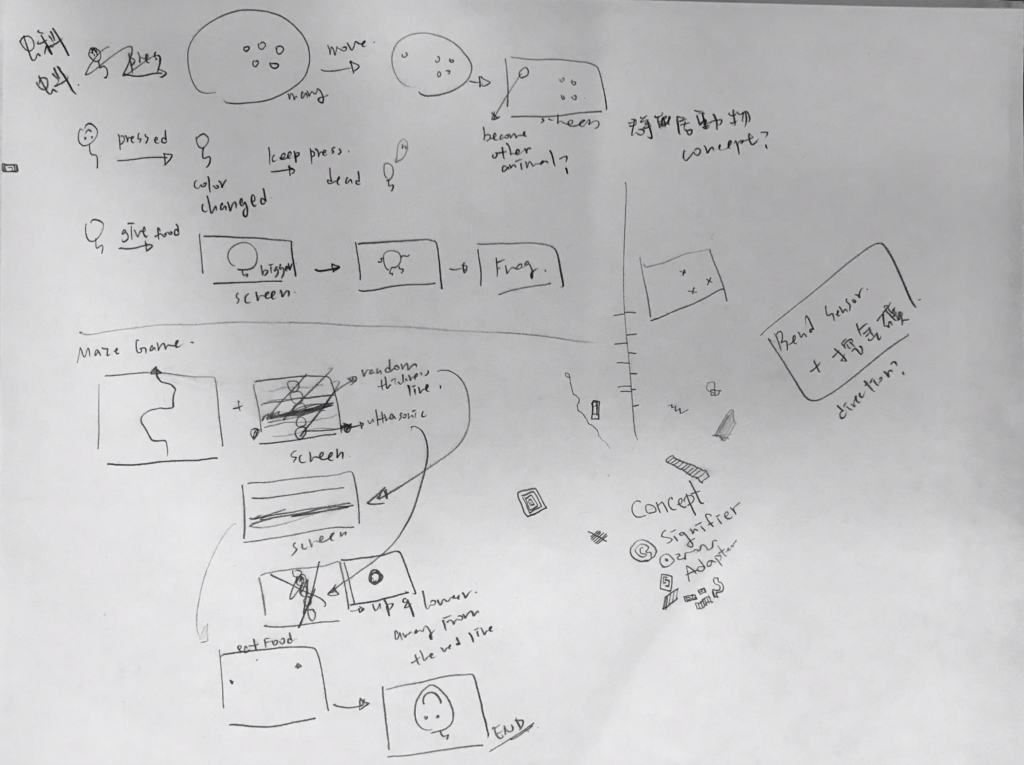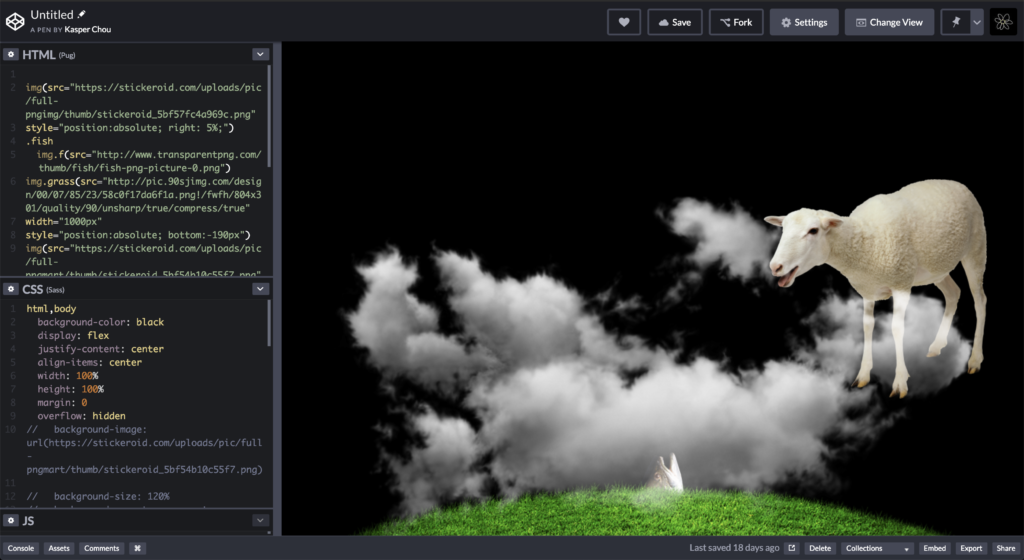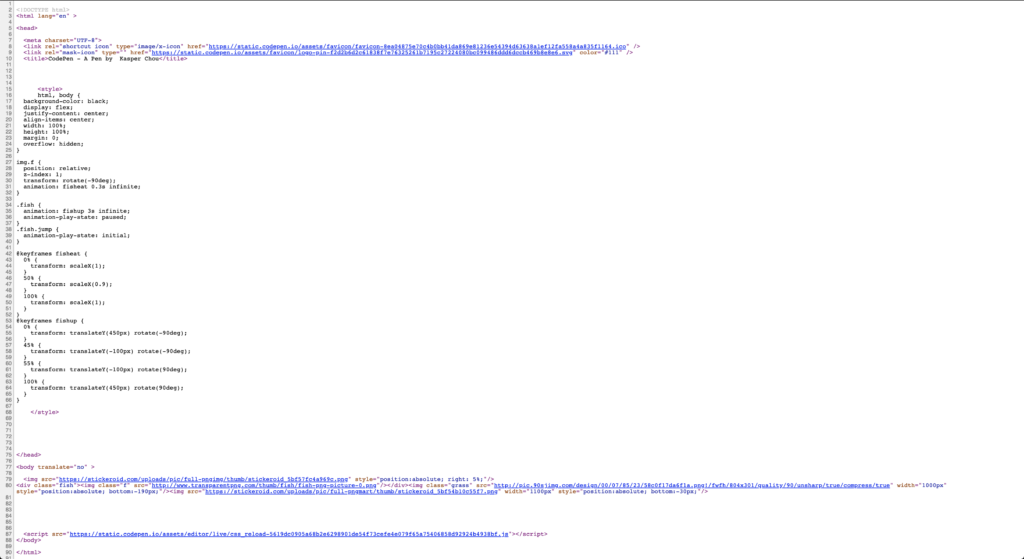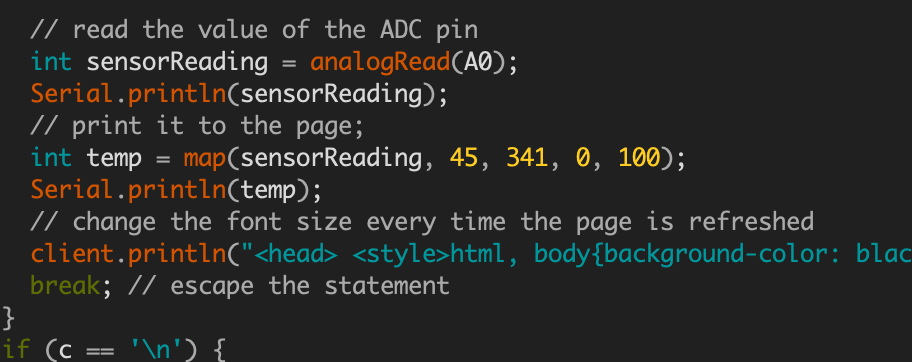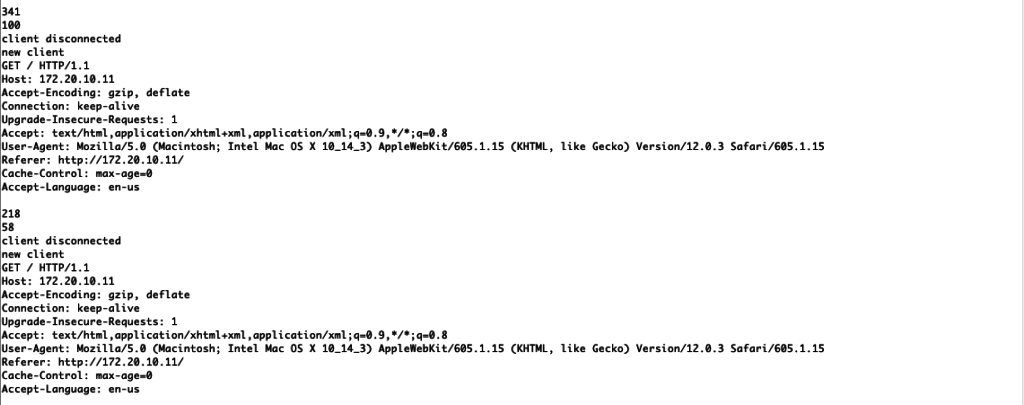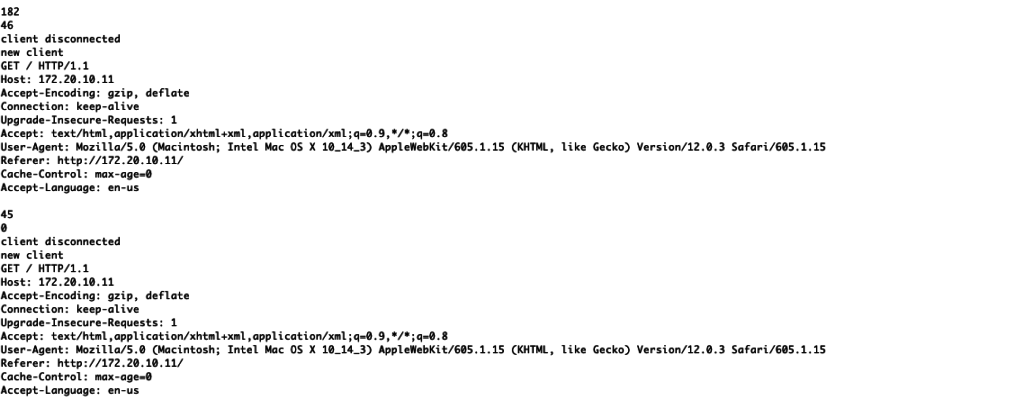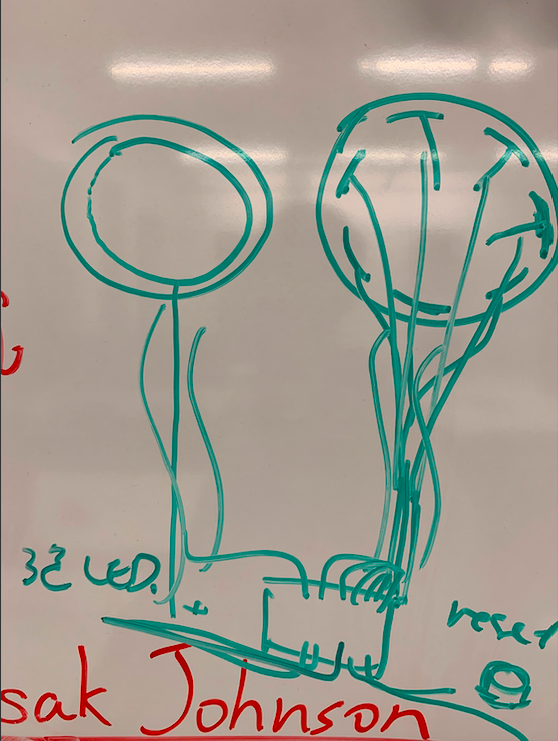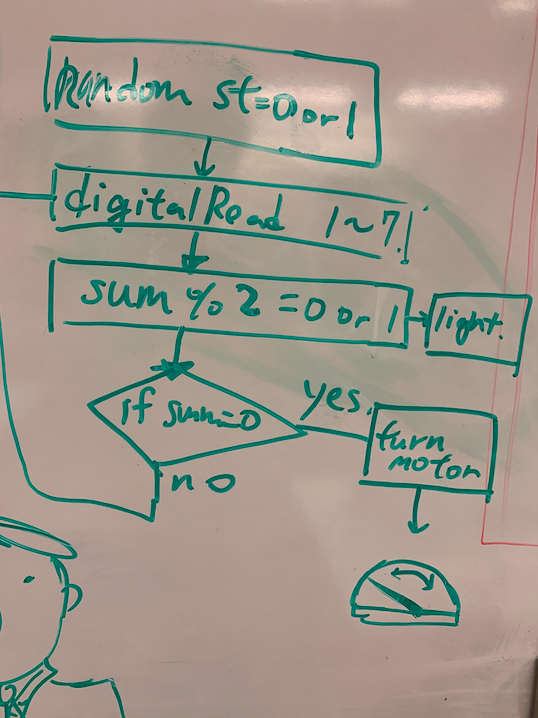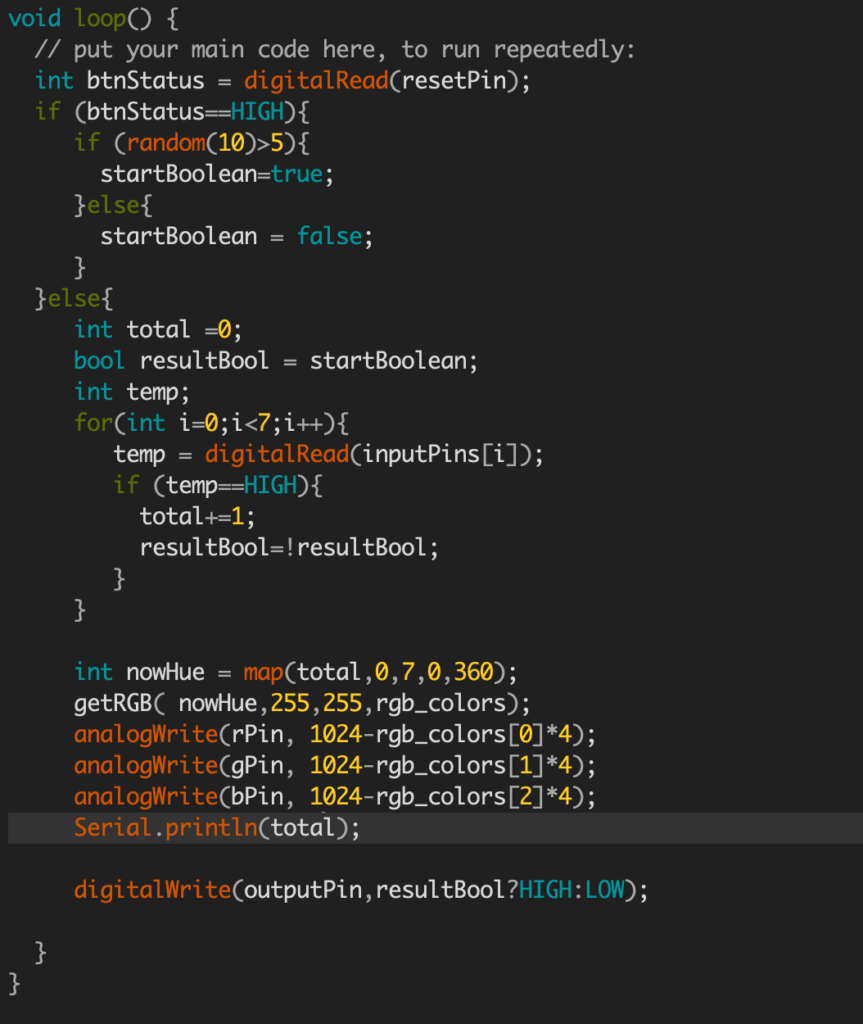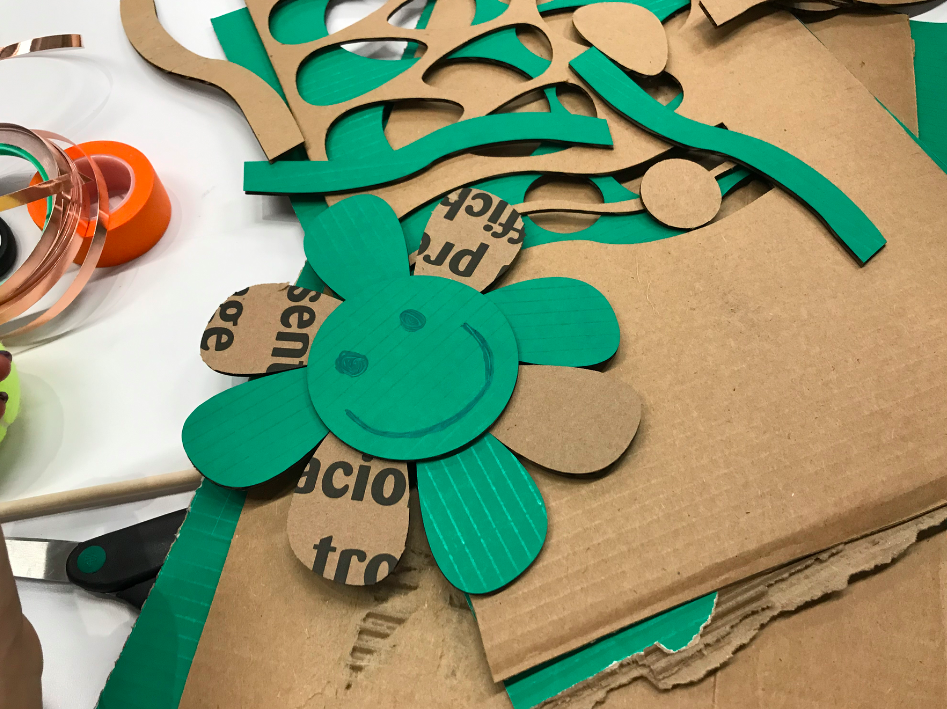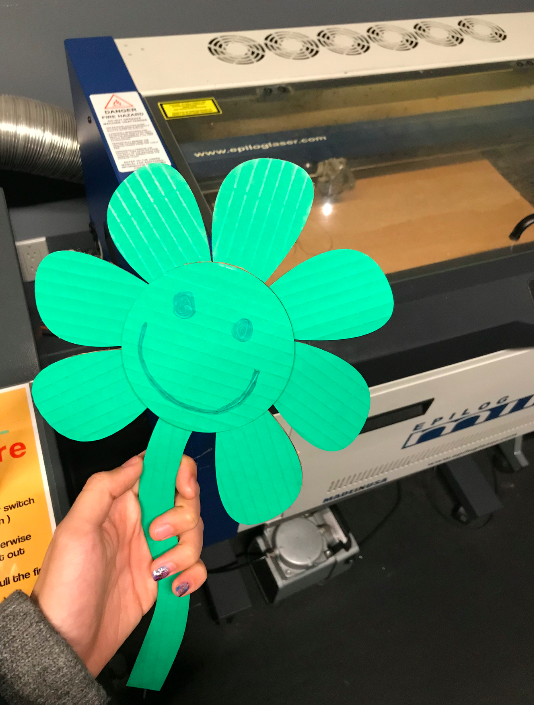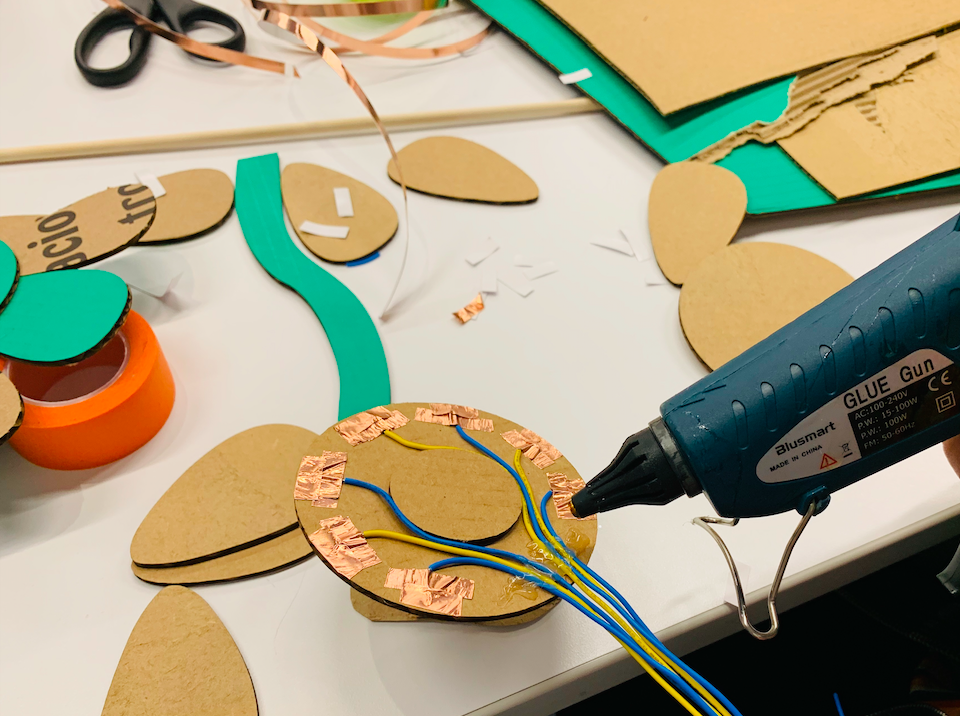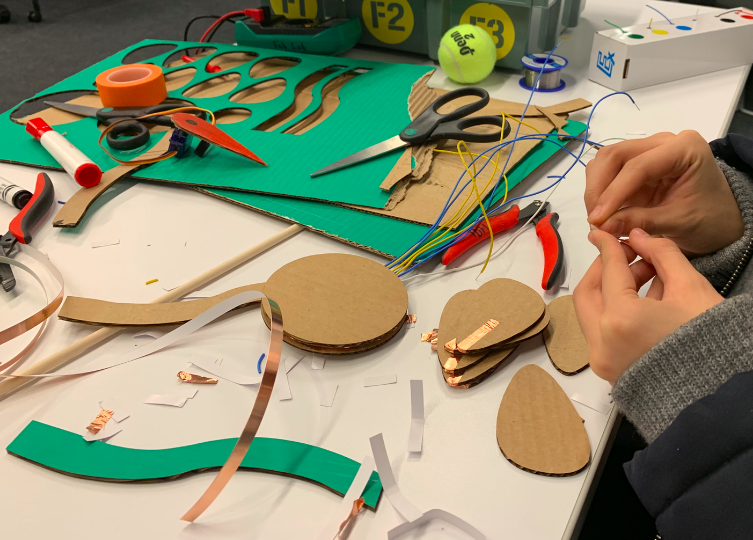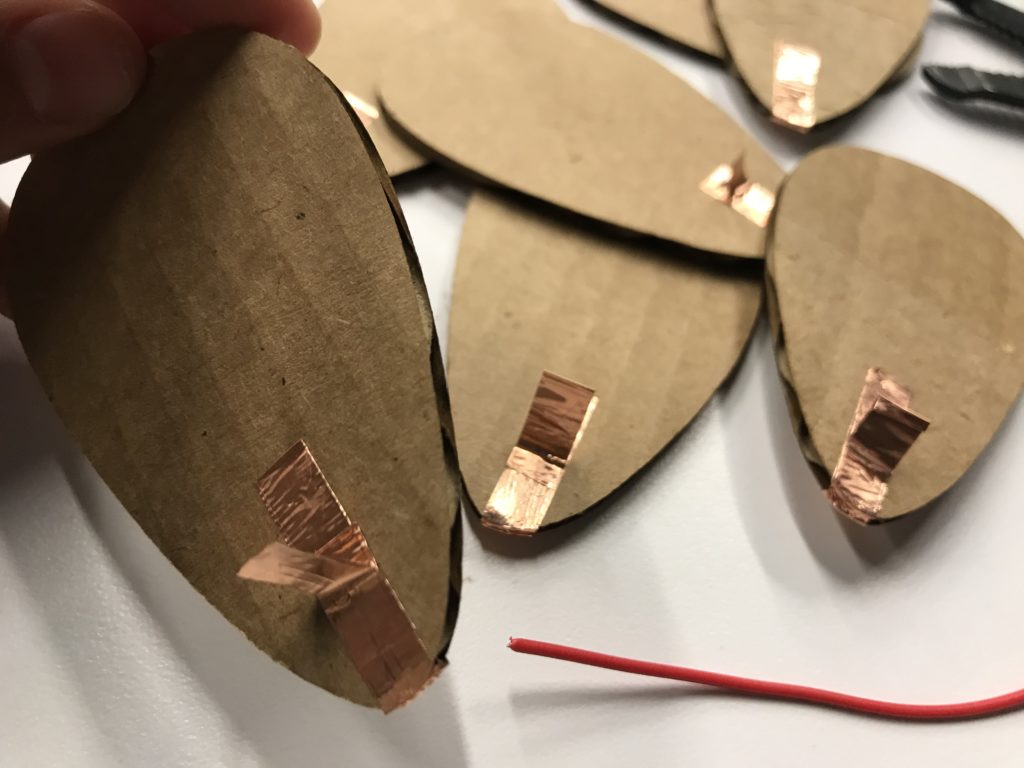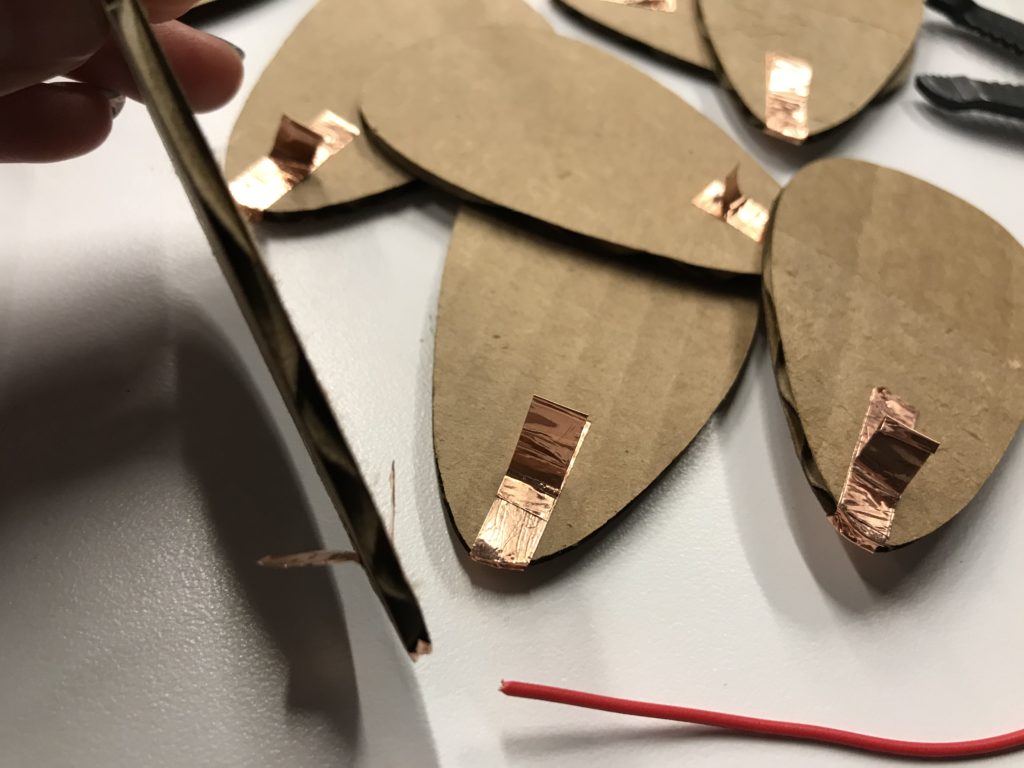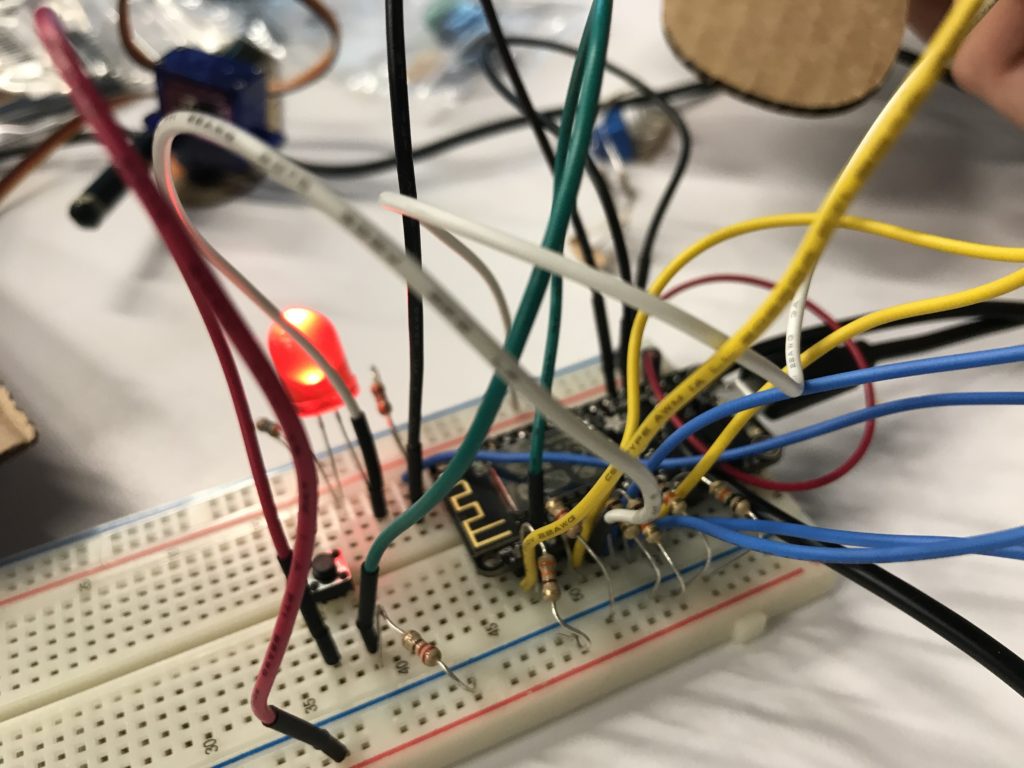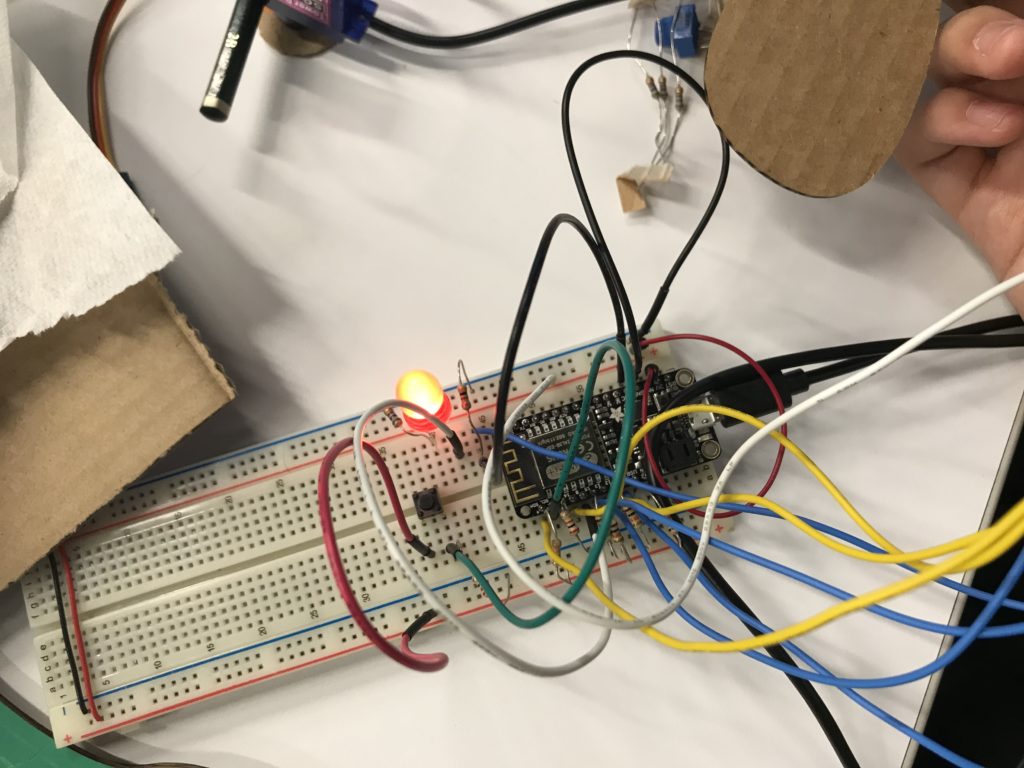For my final project, I create a physical emoji, which allows people to emoji react to jokes by physically squeezing it and making a squeaking sound. A joke will be shown on the screen, and people can squeeze the emoji to drop down and express their emotion to the joke.
In order to avoid the screen being filled up and the joke covered by the emojis, p5 will stop renewing data once the maximum receiving number is reached. Once the maximum is reached after 3 seconds, all emojis will bounce up and fall out from the screen. After all emojis have already left the screen, the joke will be renewed to the next one. The number of emojis will be reset to zero so people will be able to drop down new emojis again.
For connecting p5 and Arduino to make real-time interaction, I used Adafruit.io to send and renew input data.
At first, I was planning to create four different emojis (sad, curious, smile, angry) and each one has their specific way for interaction, such as squeezing for smile face (tilt or force sensor) or wiping tears for crying face (moisture sensor). I end up with only two emojis, angry and smile, and both of them can be triggered by force sensors. I cut down to only two so people will be able to spend less time on deciding which emoji to drop and the interaction between two emoji can be noticed more obvious and easier.
In order to represent how people react to the counterpart in the real world, I made the smiley face scale down and change its color when there is an angry emoji shown around them. The majority always tend to use an aggressive way to change the minority’s opinion, and the minority will possibly start to be afraid and stop speaking out their voice without hesitation or fear.
I decided to use dog squeak balls as my physical emoji’s main component so there will be a goofy squeak sound when people drop down an emoji. And I place them on a box which I laser cut with four holes on it, two for placing emoji and two for LED light.
The difficulties I met through the process are mostly from p5. The most time I spent on this is making emoji automatically refresh after the maximum is reached and switch to the title after every emojis has already fallen out from the screen.
If I have more time on this project, I would like to refine the physical part. Probably make the emojis softer and redo the box with wood board or acrylic board instead of cardboard. I’d also like to think about how to make the p5 emoji interaction more visually exciting.

